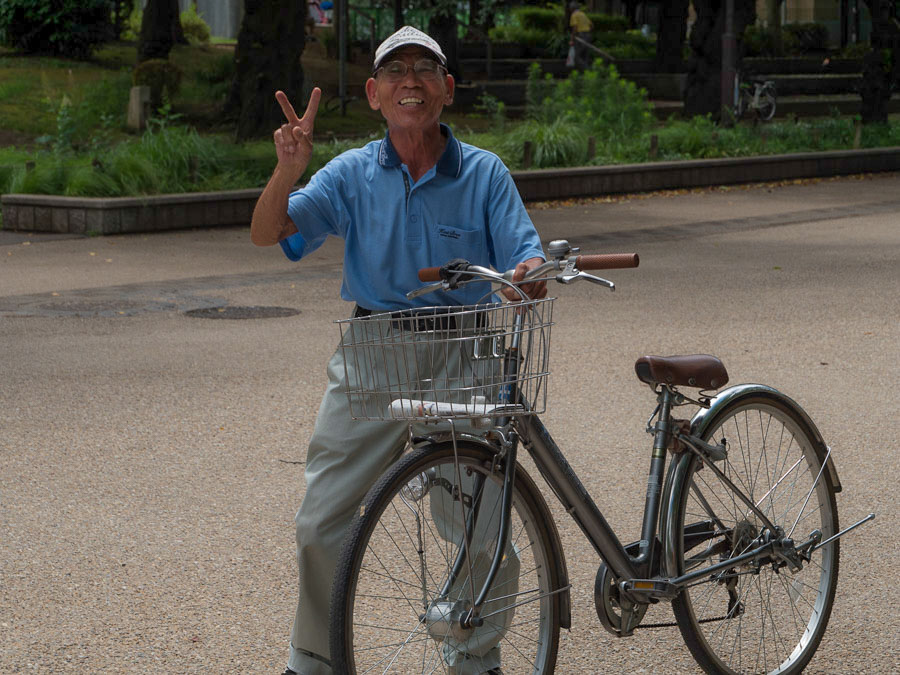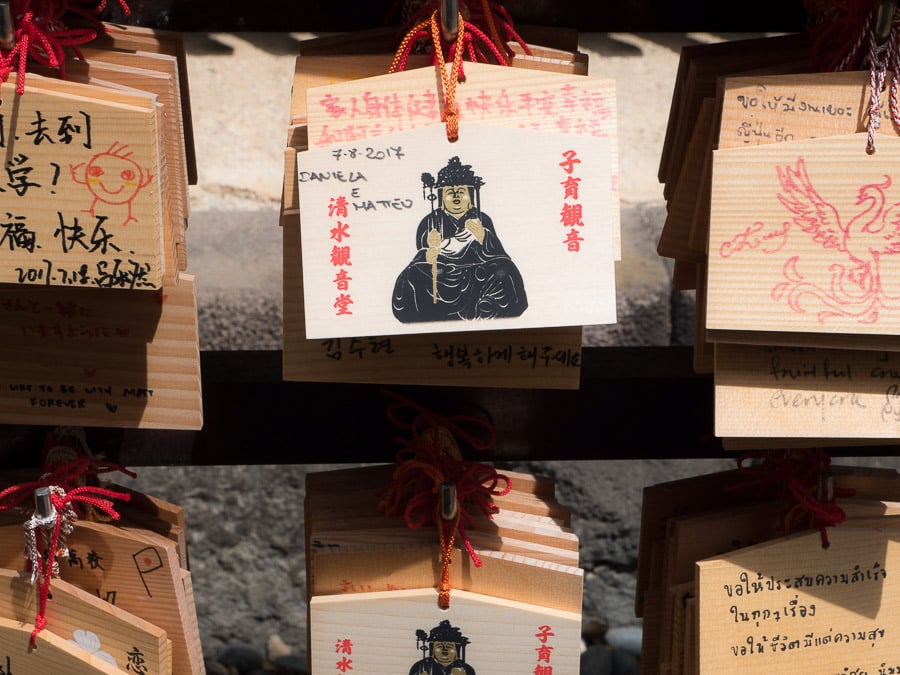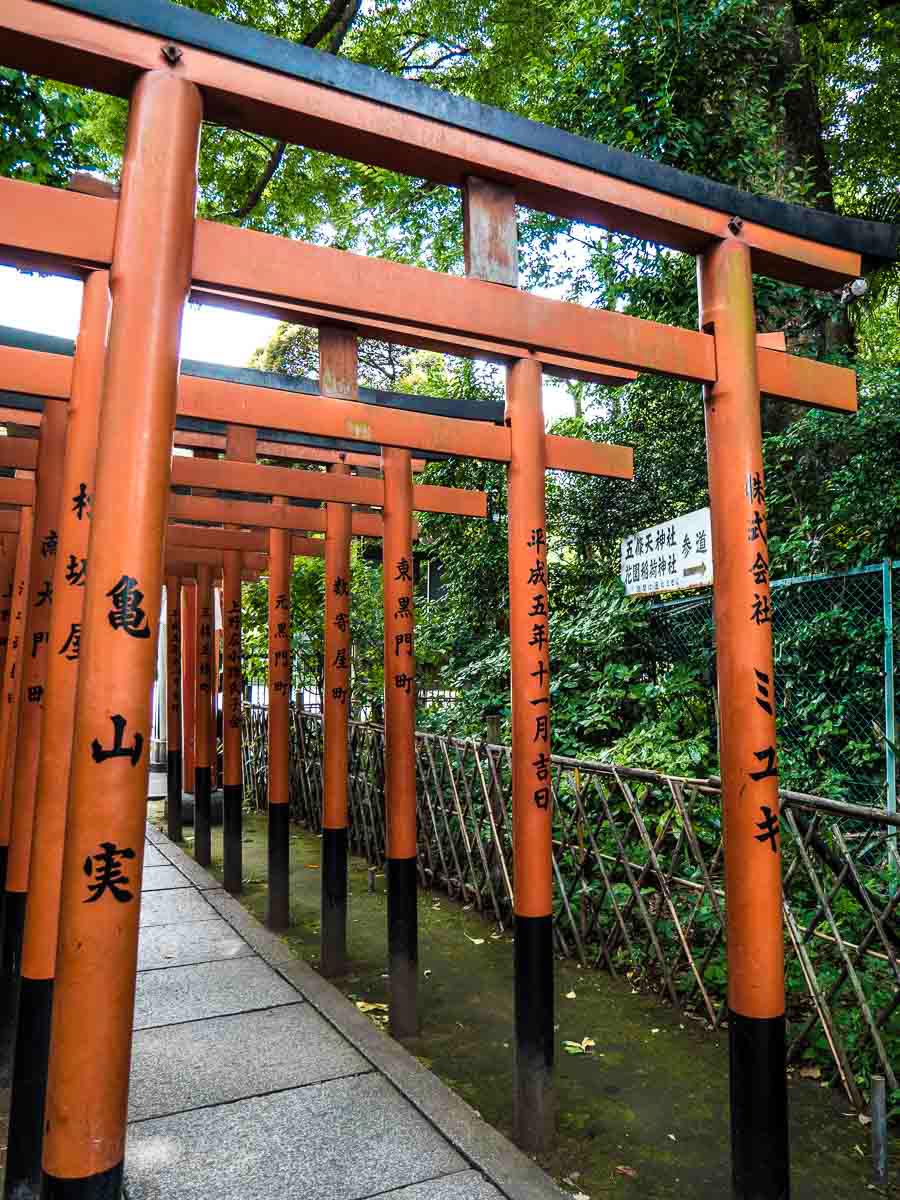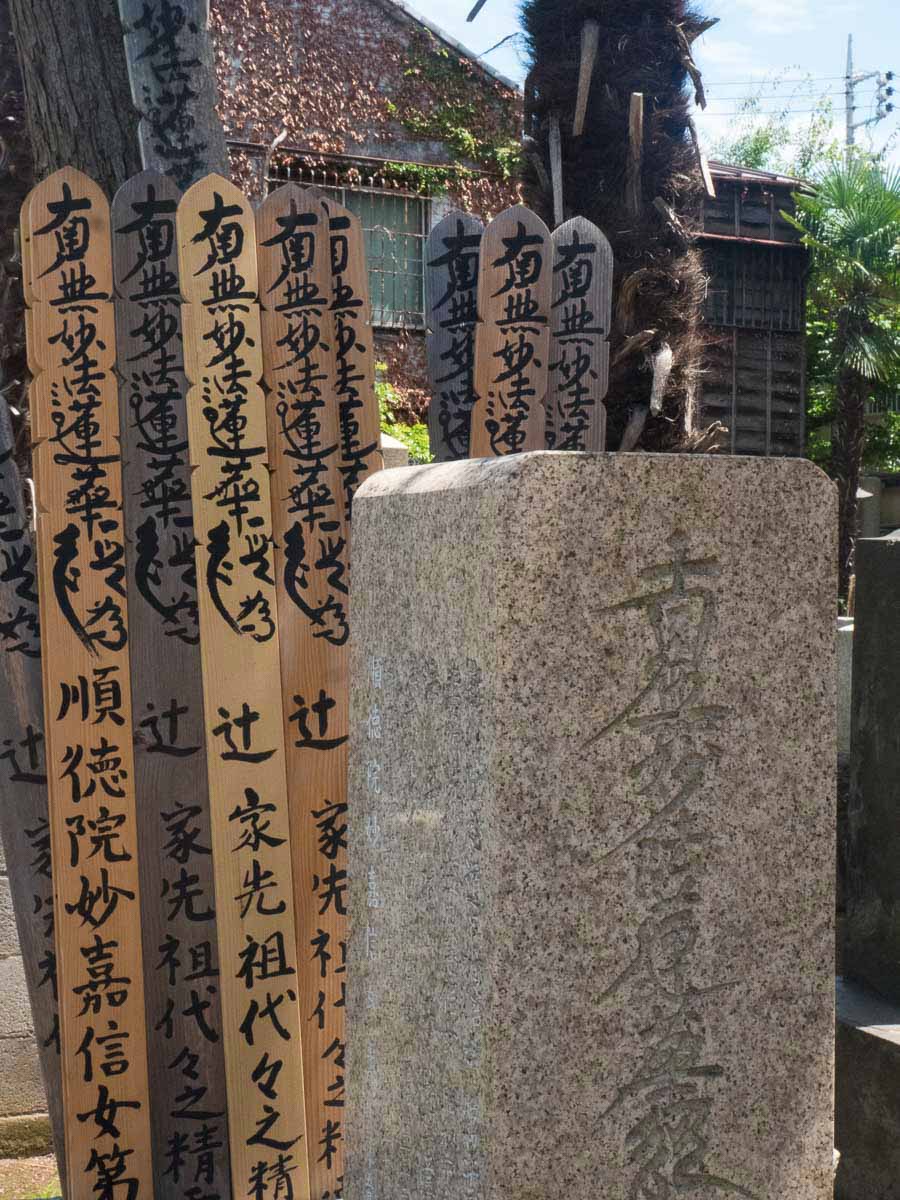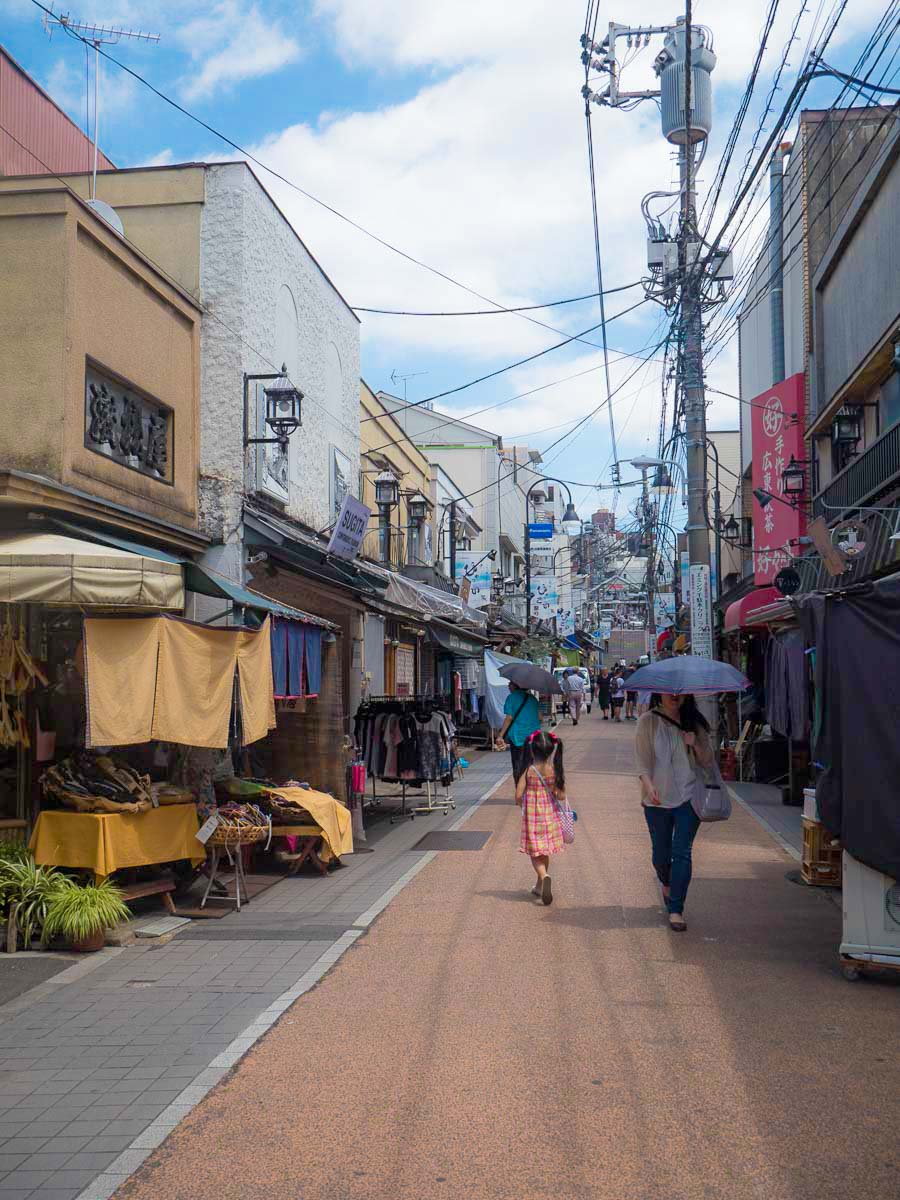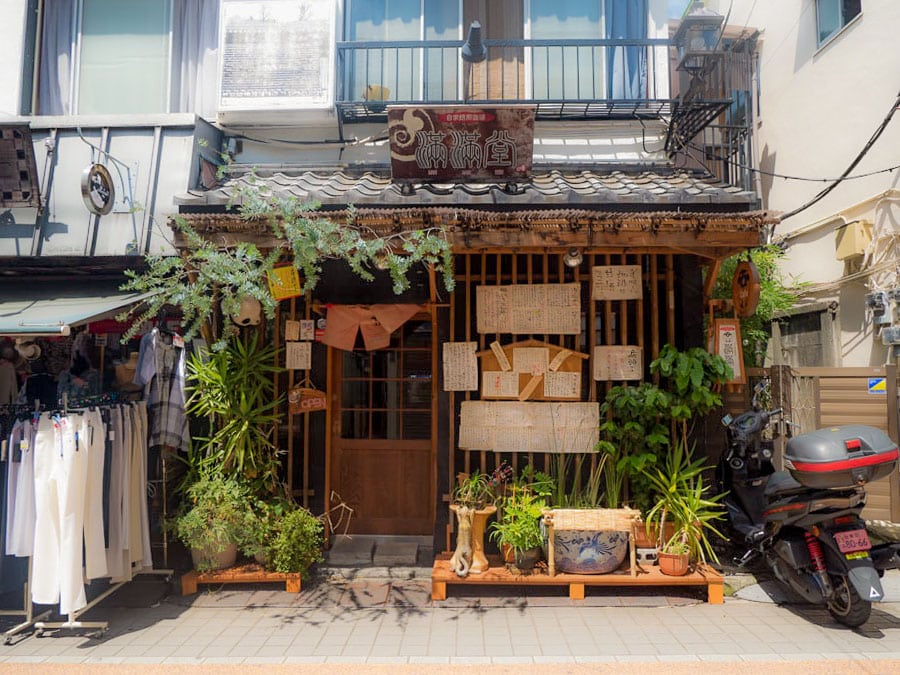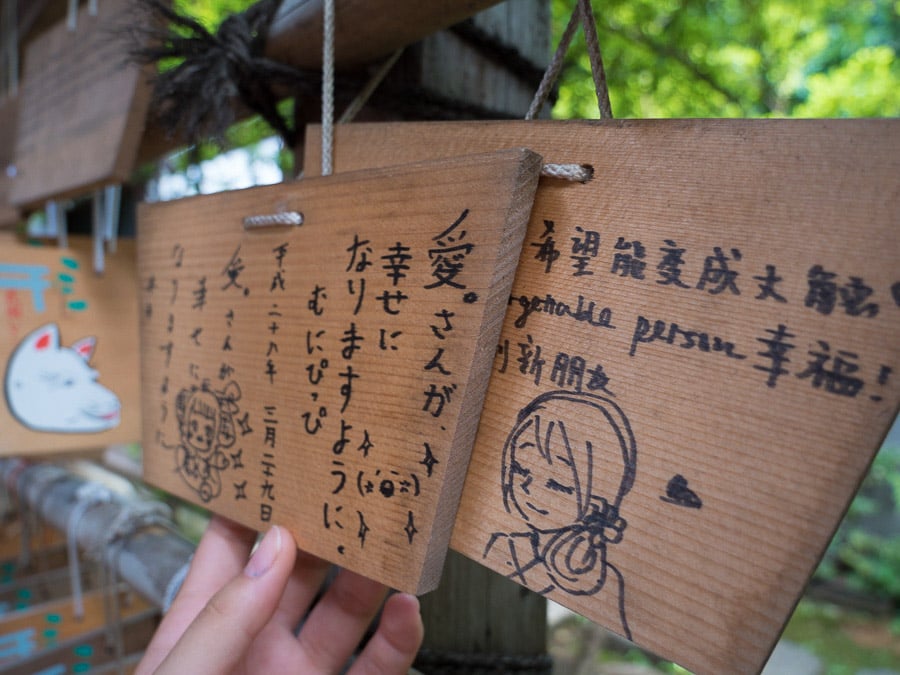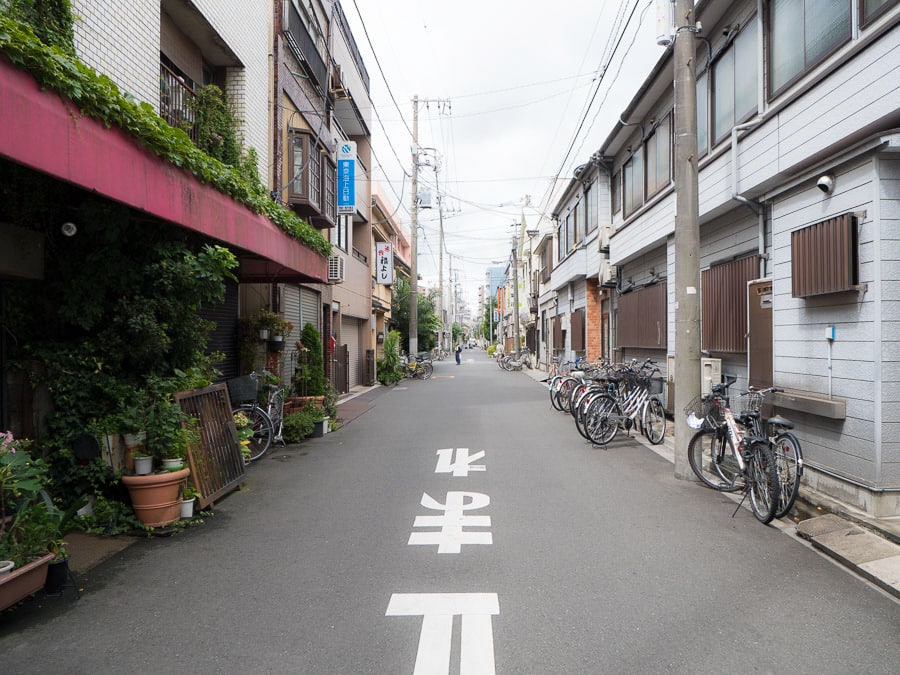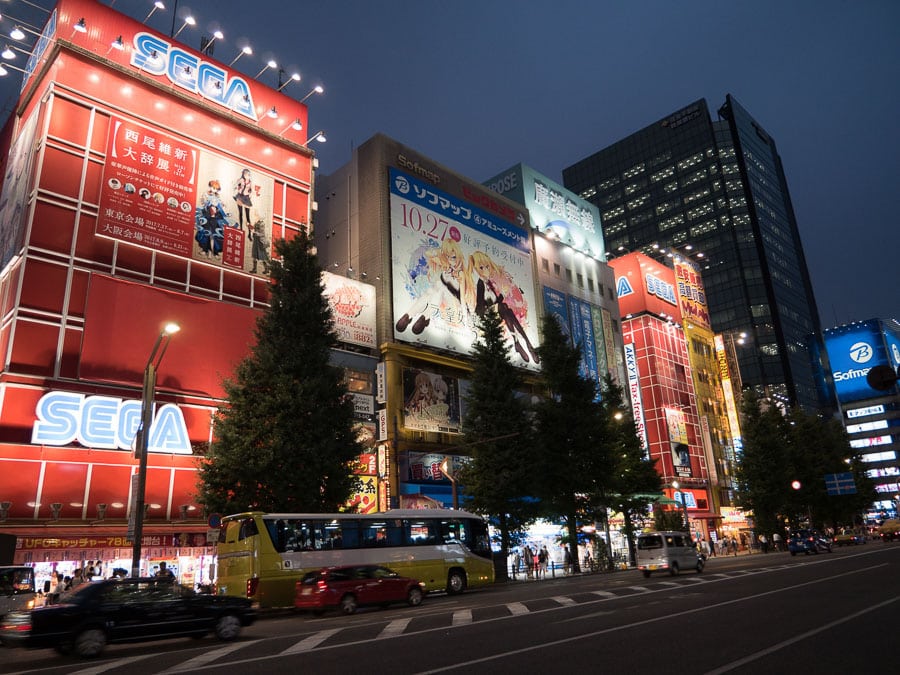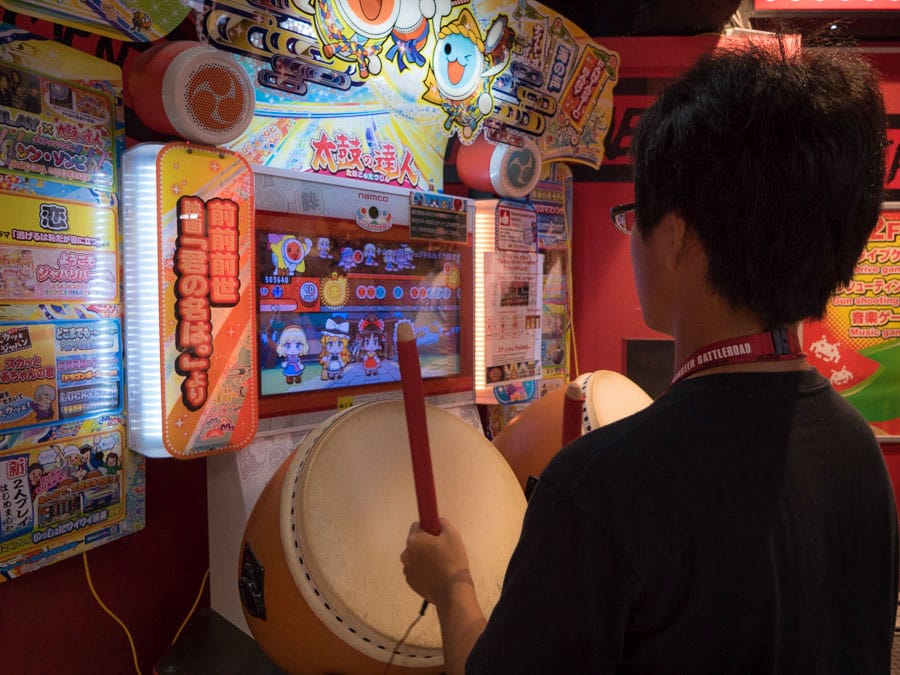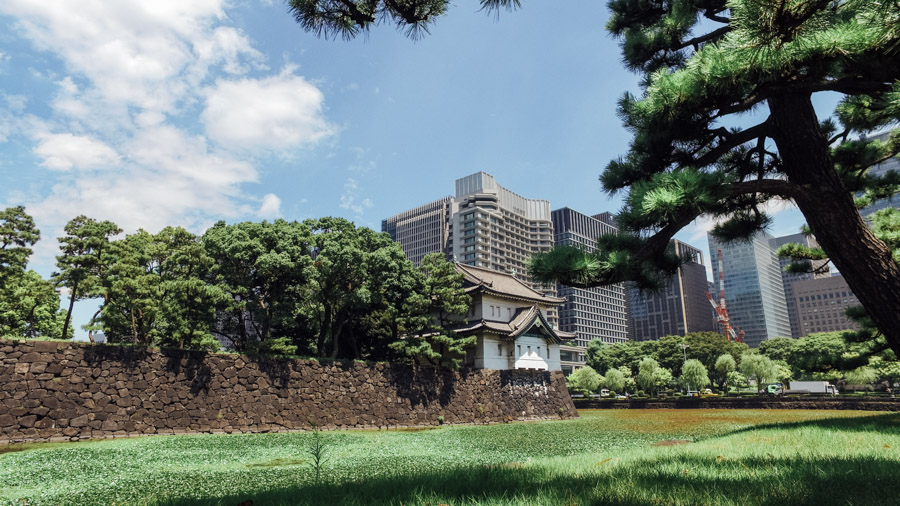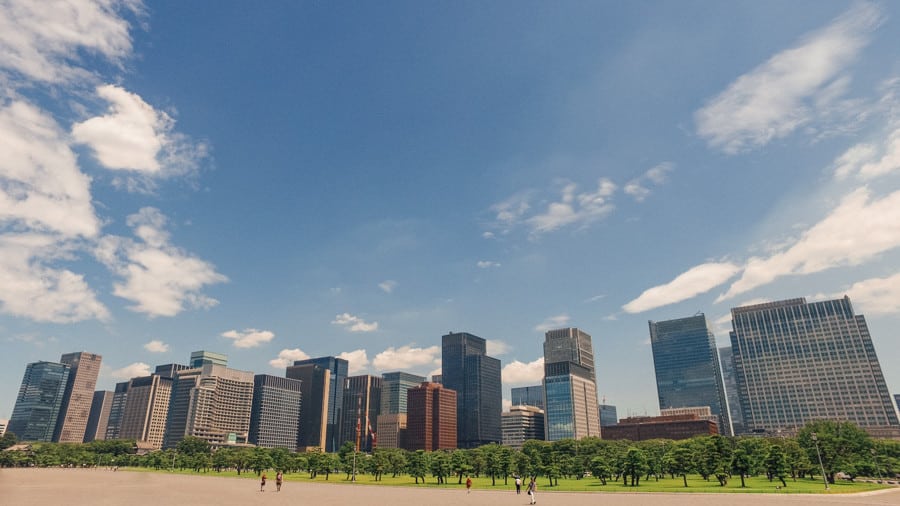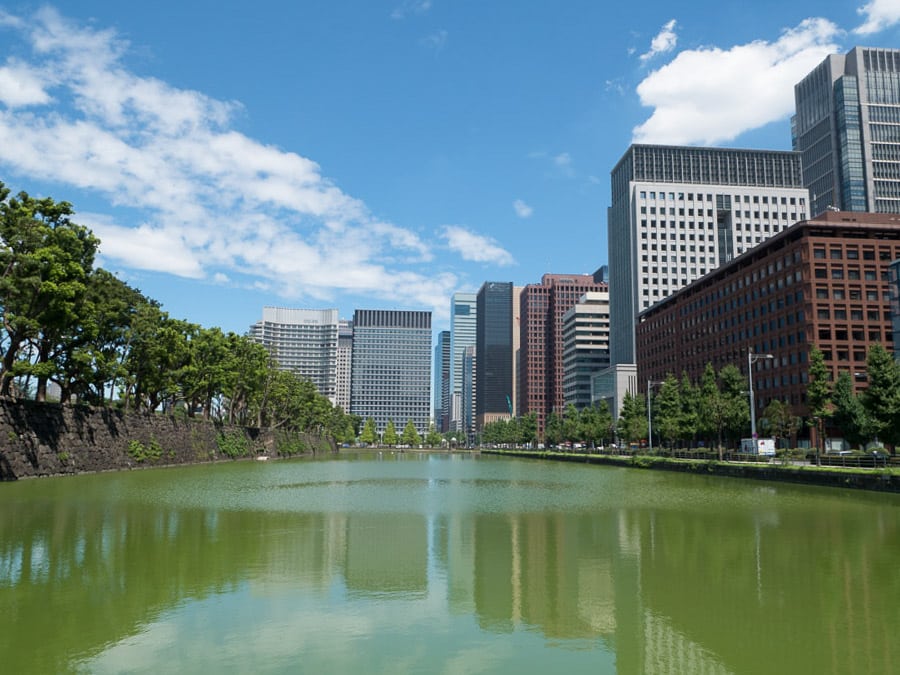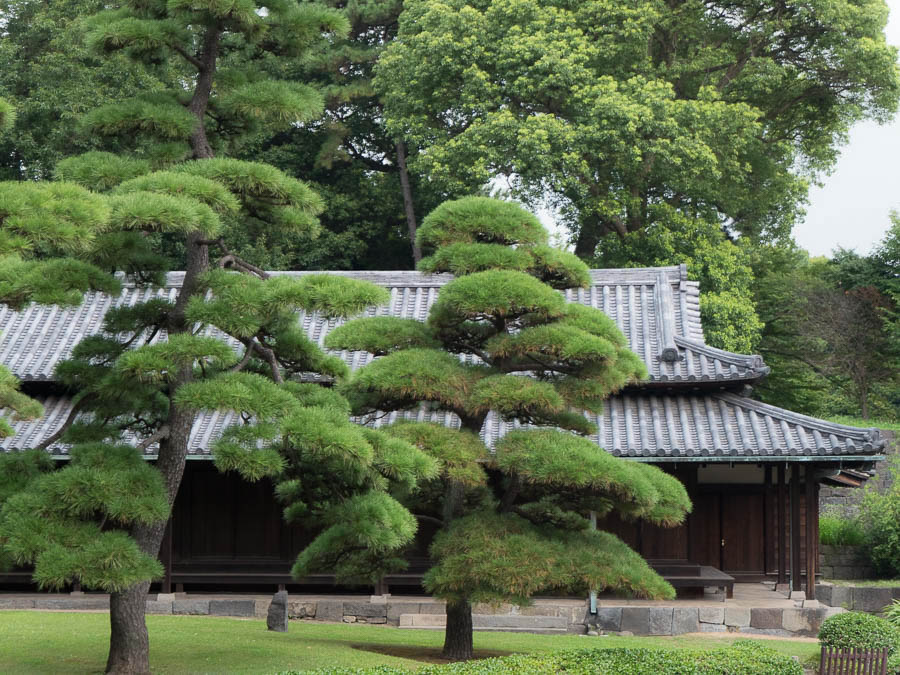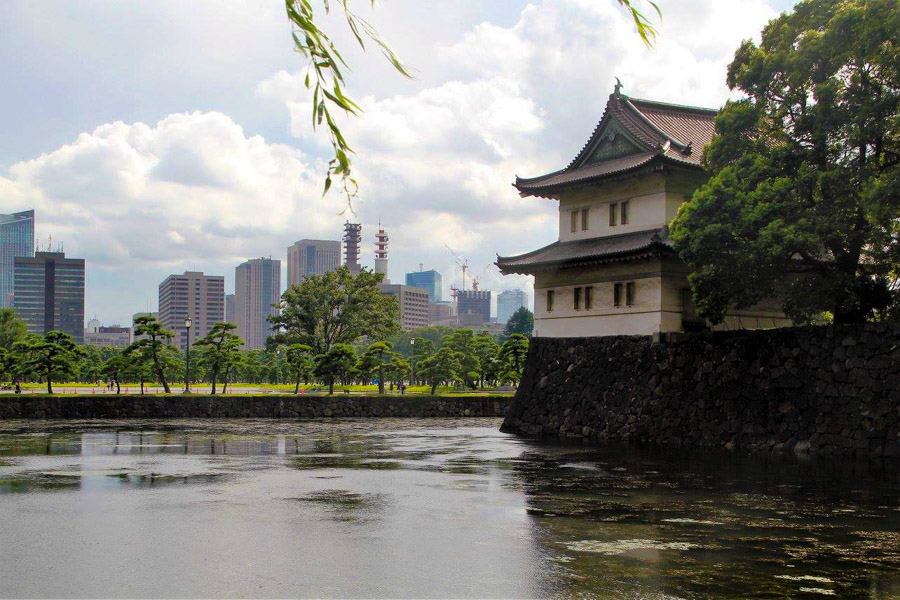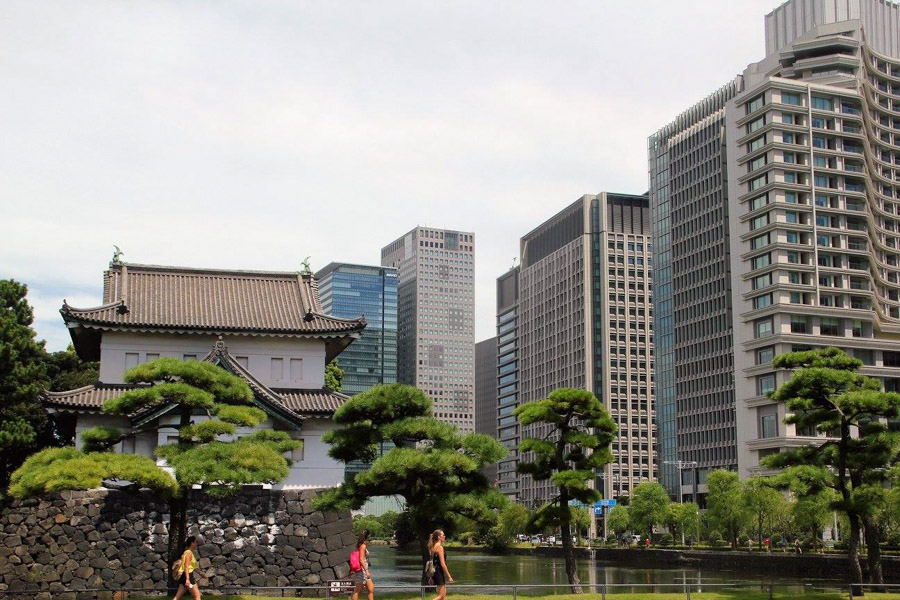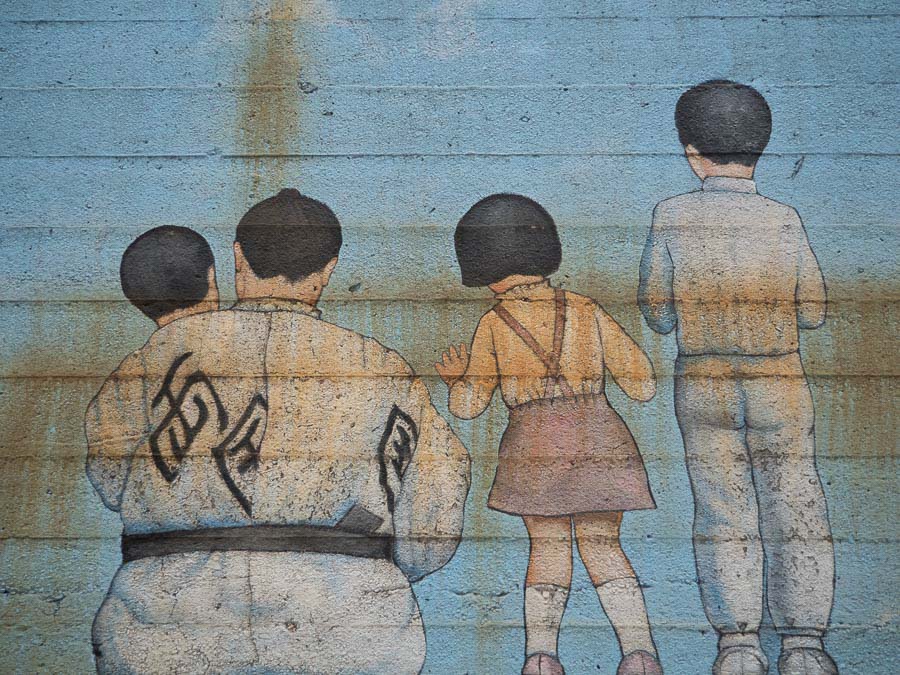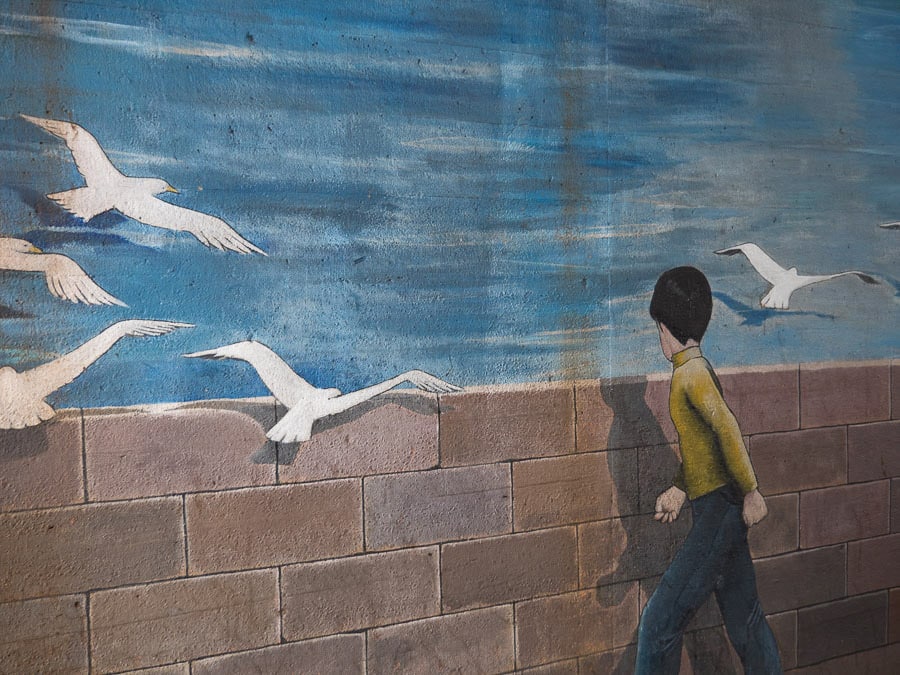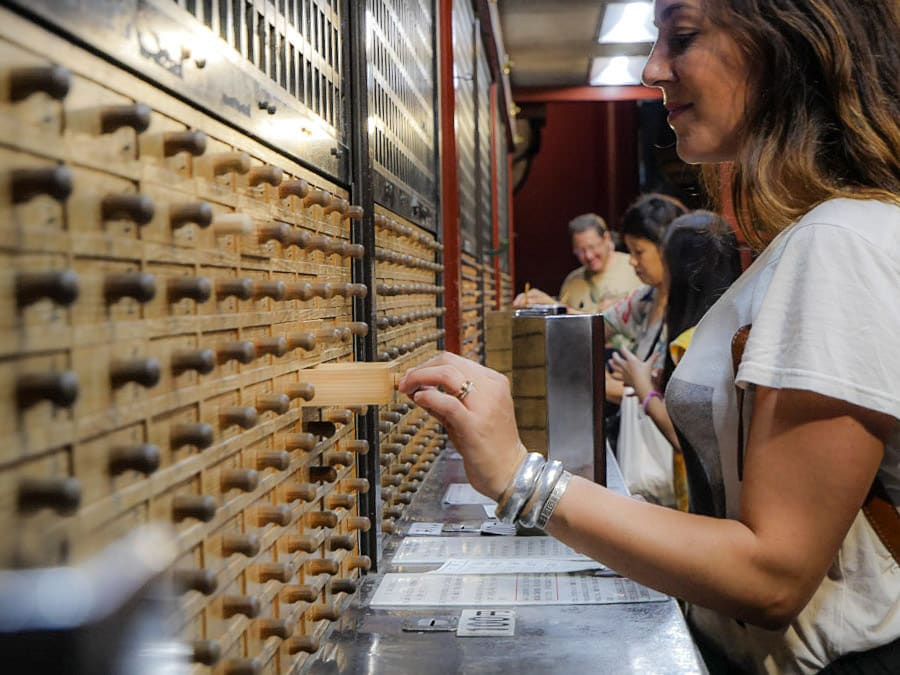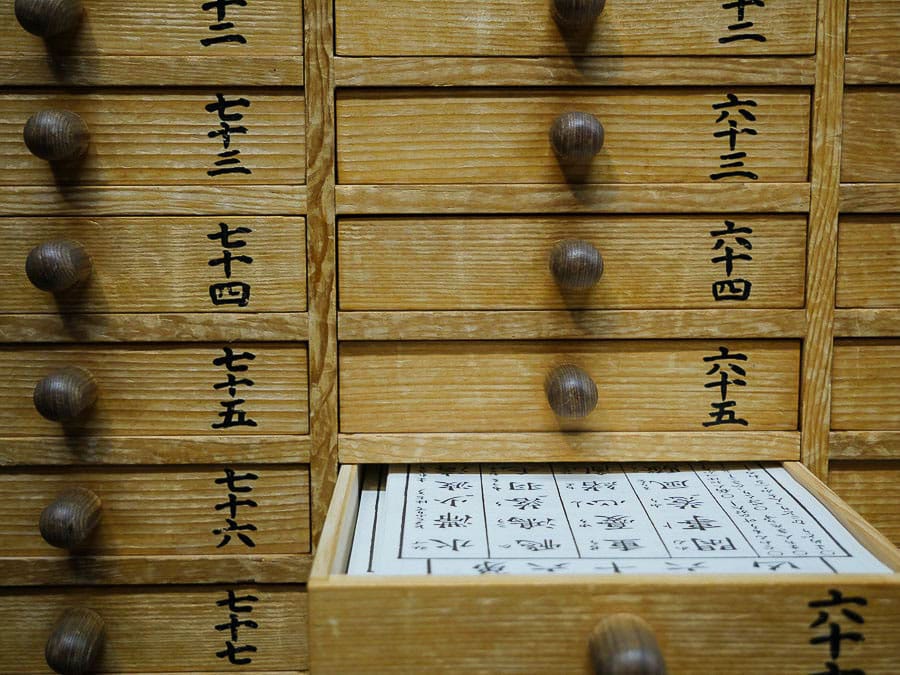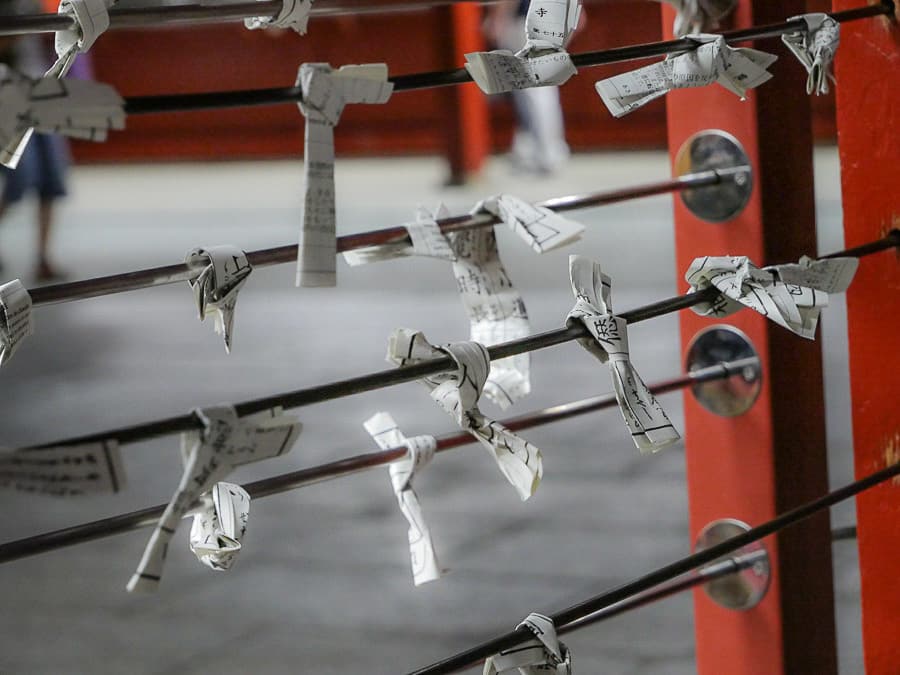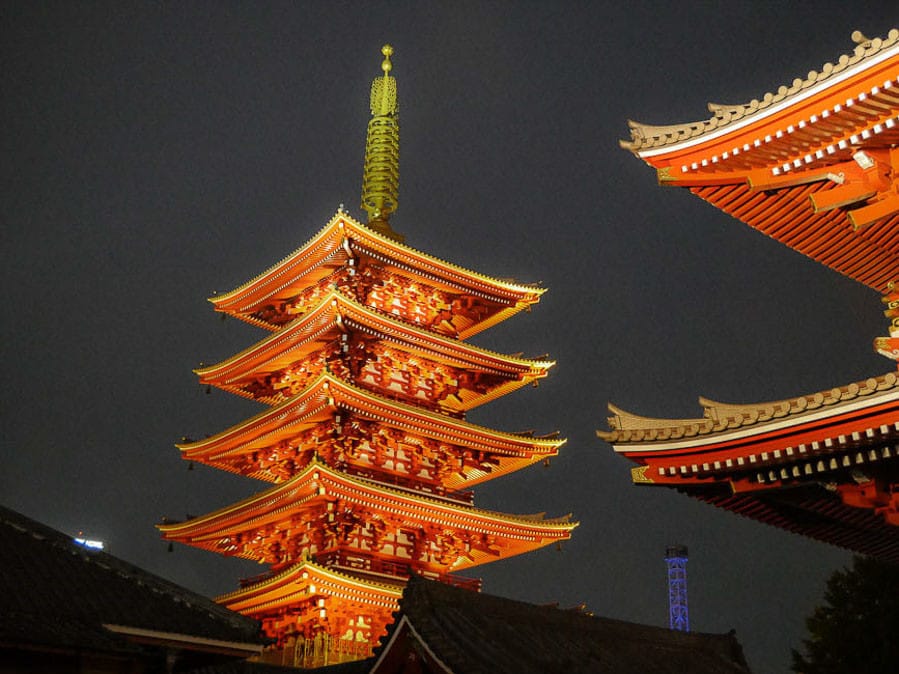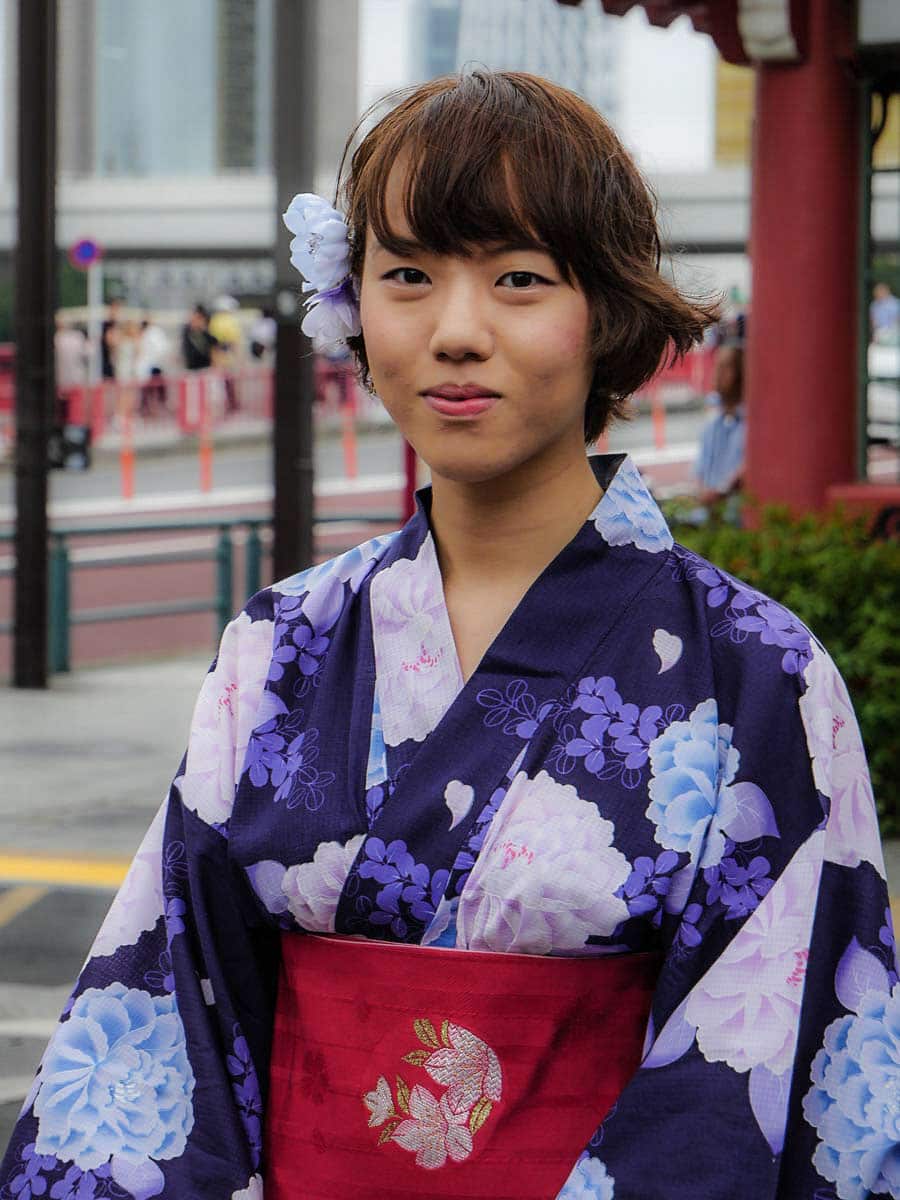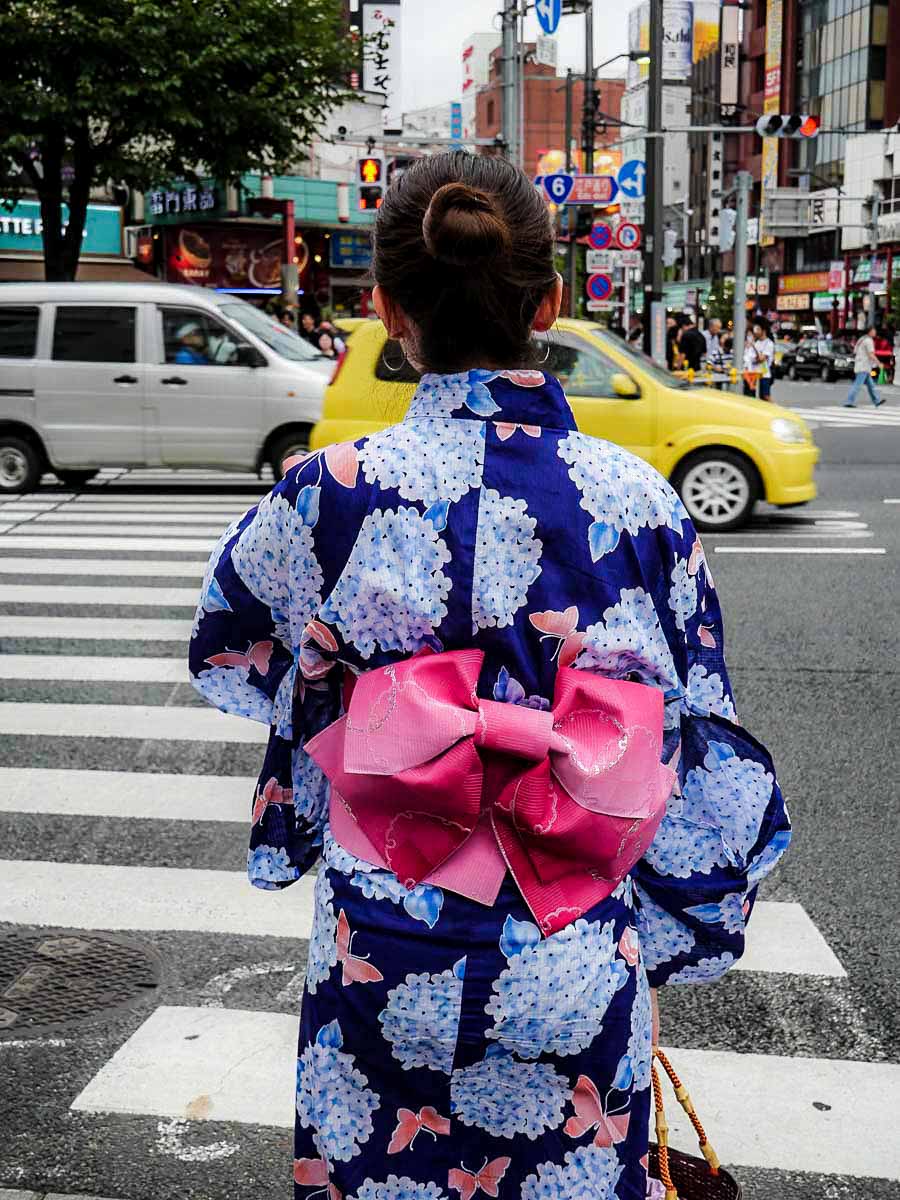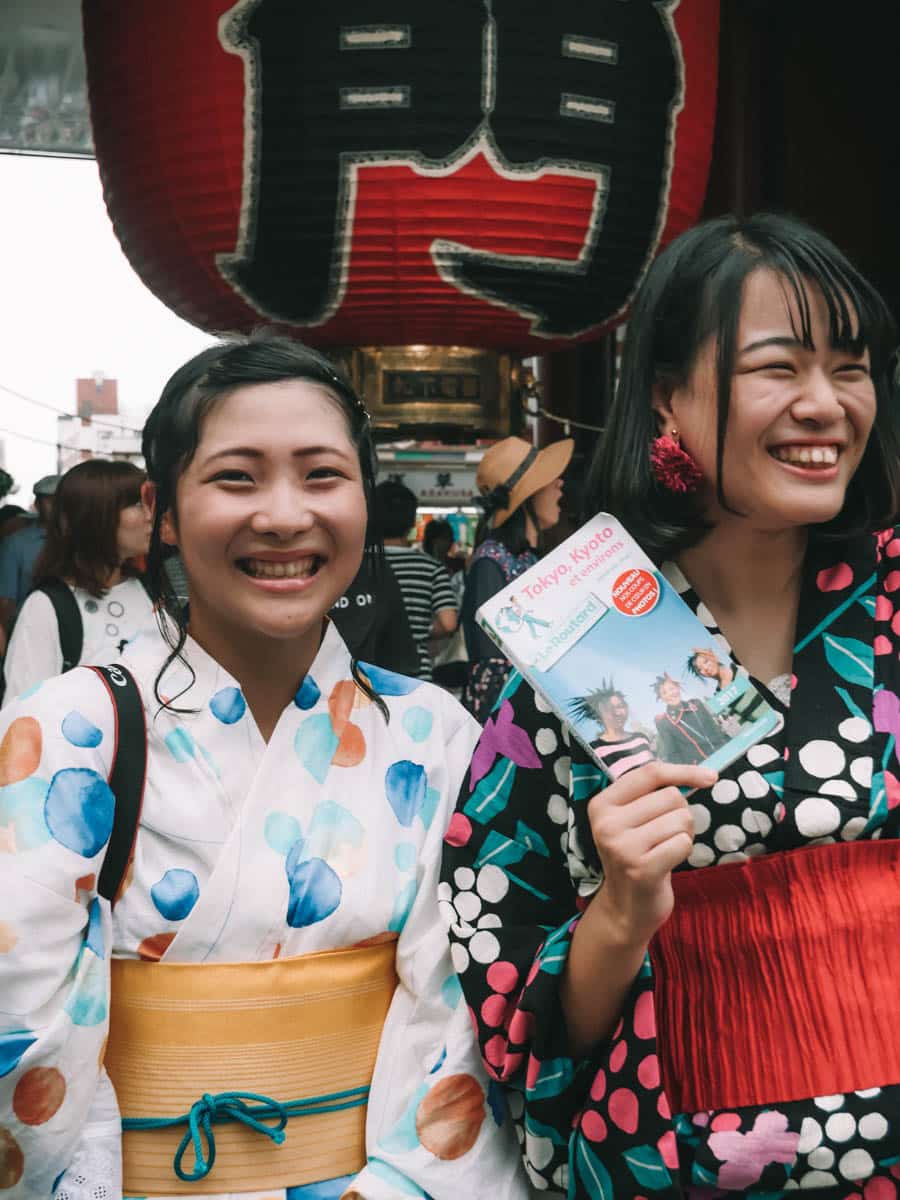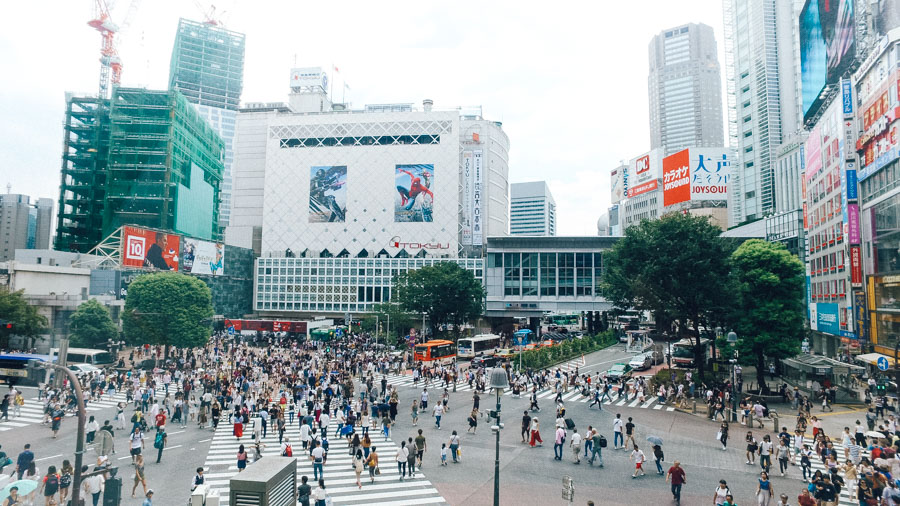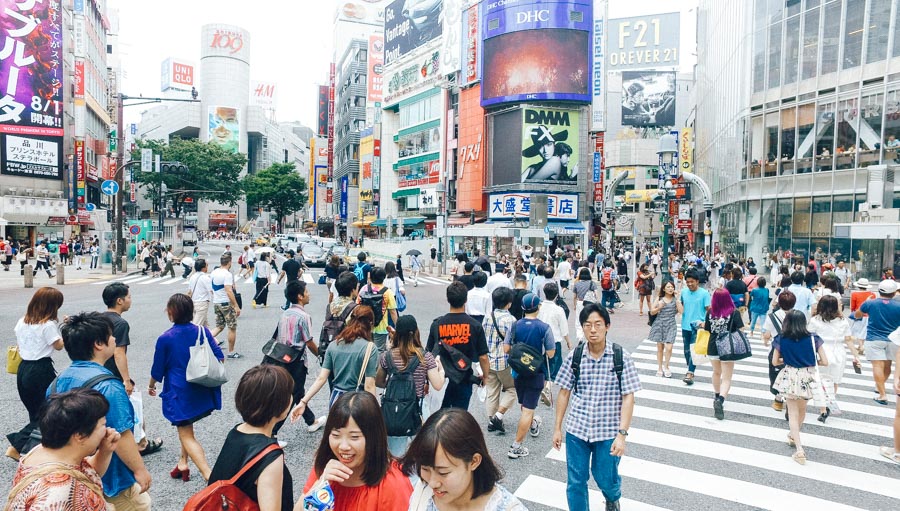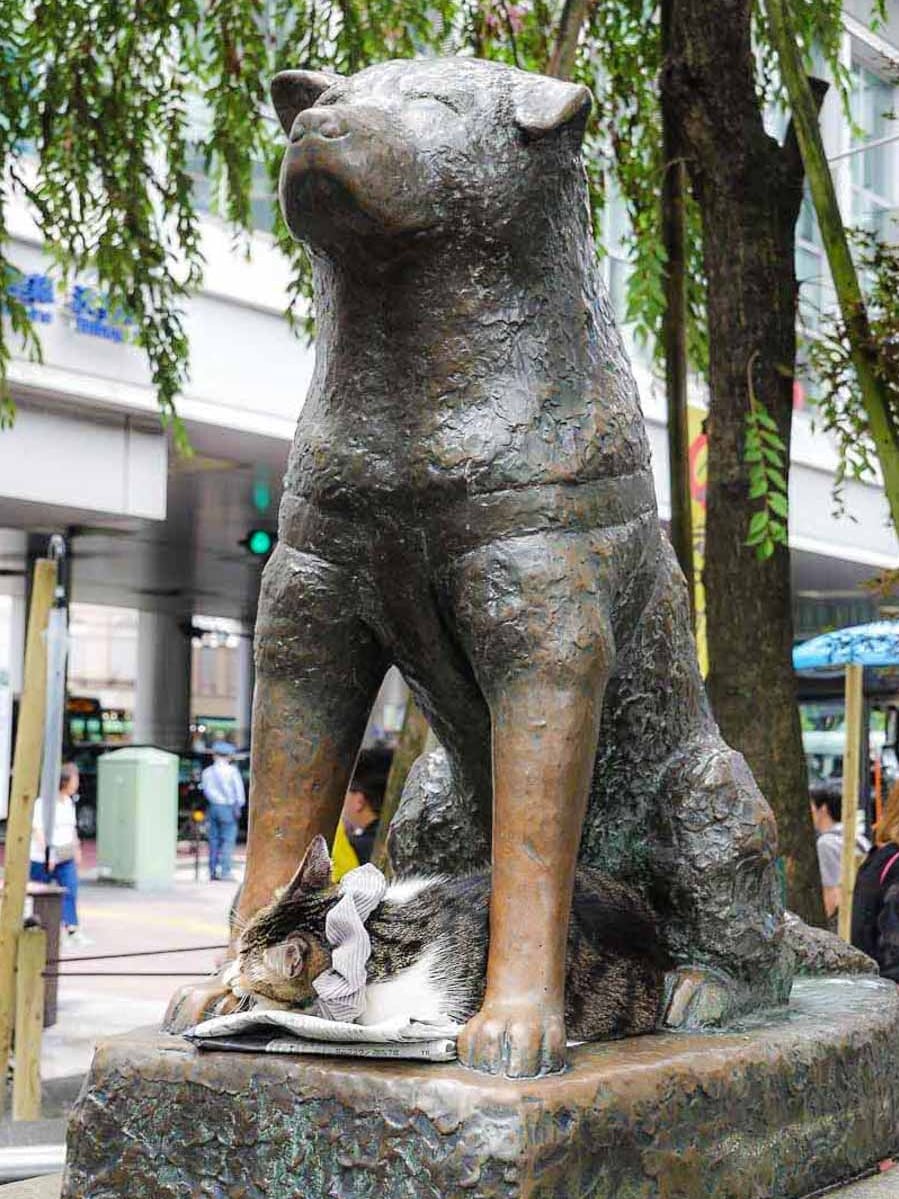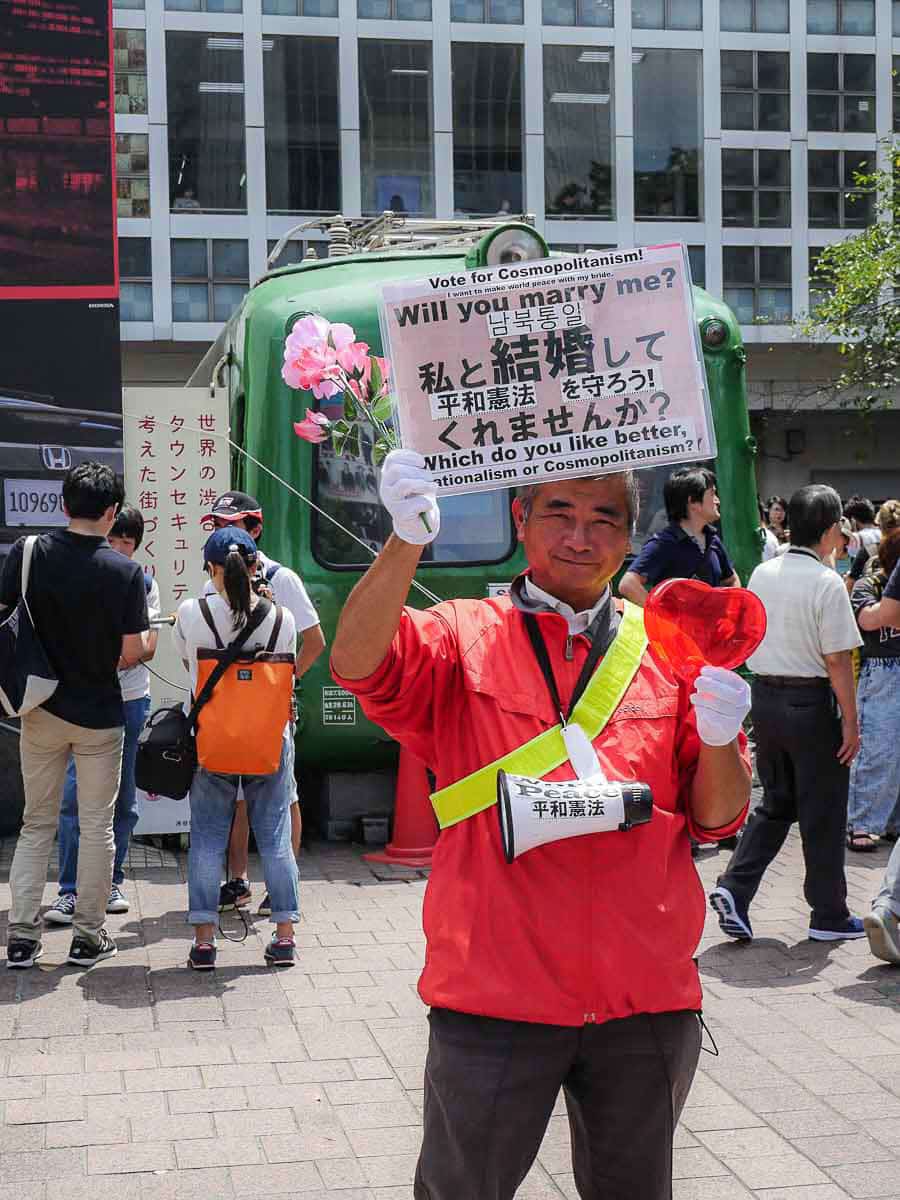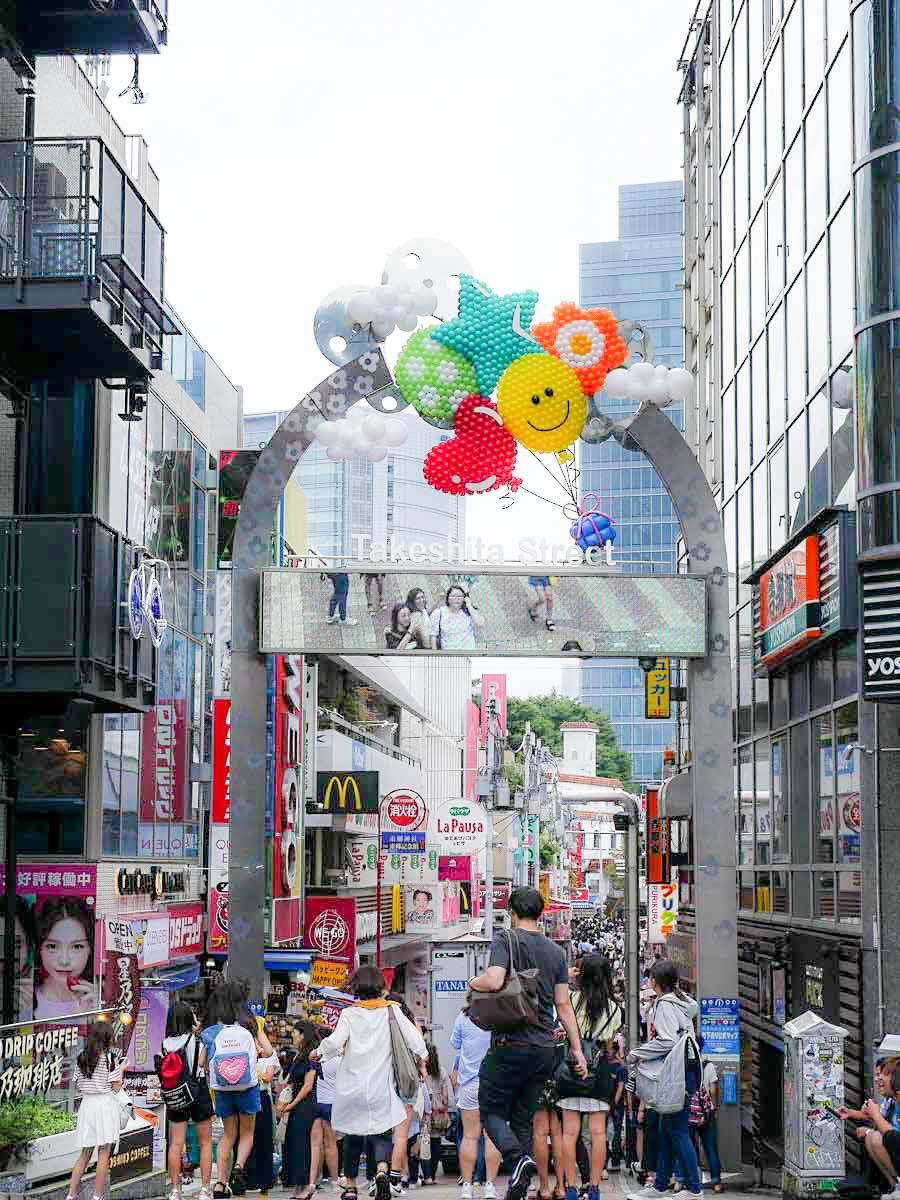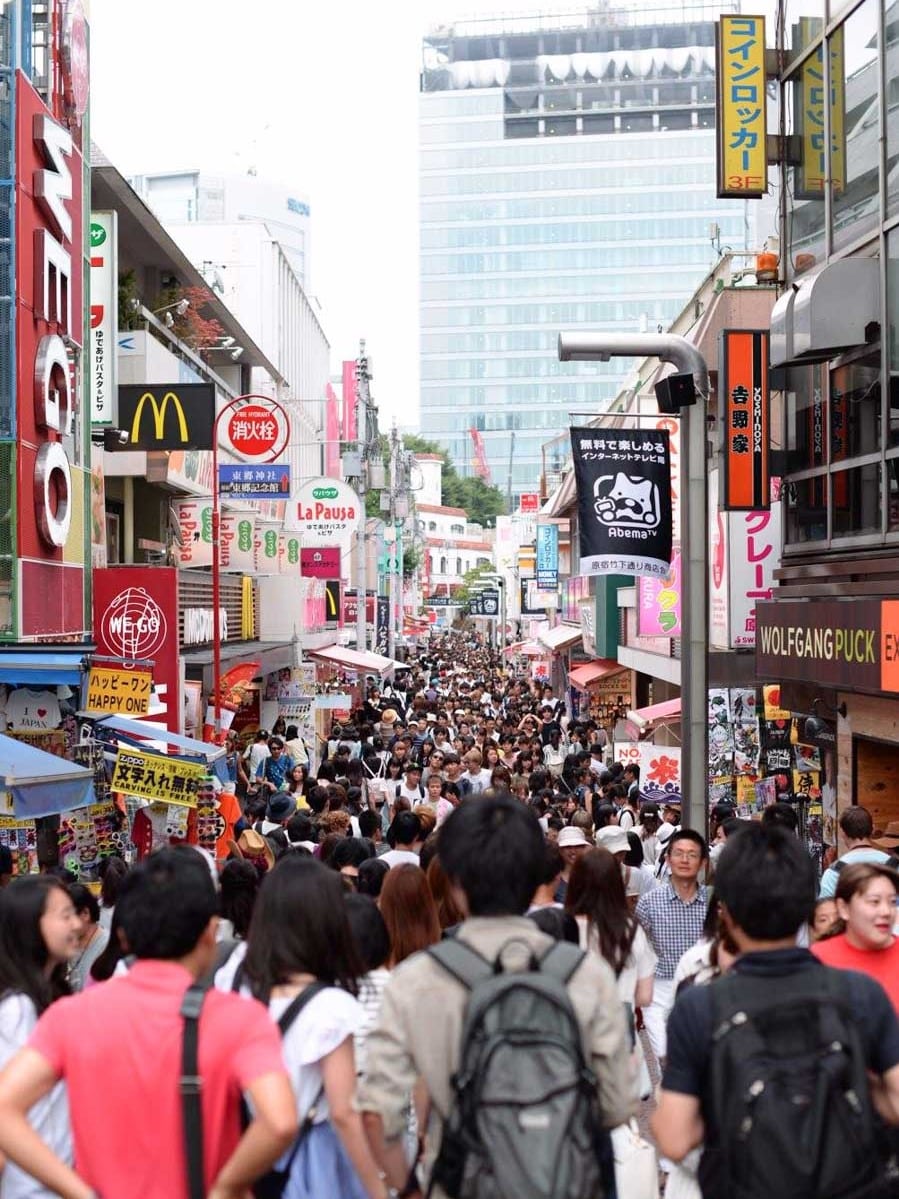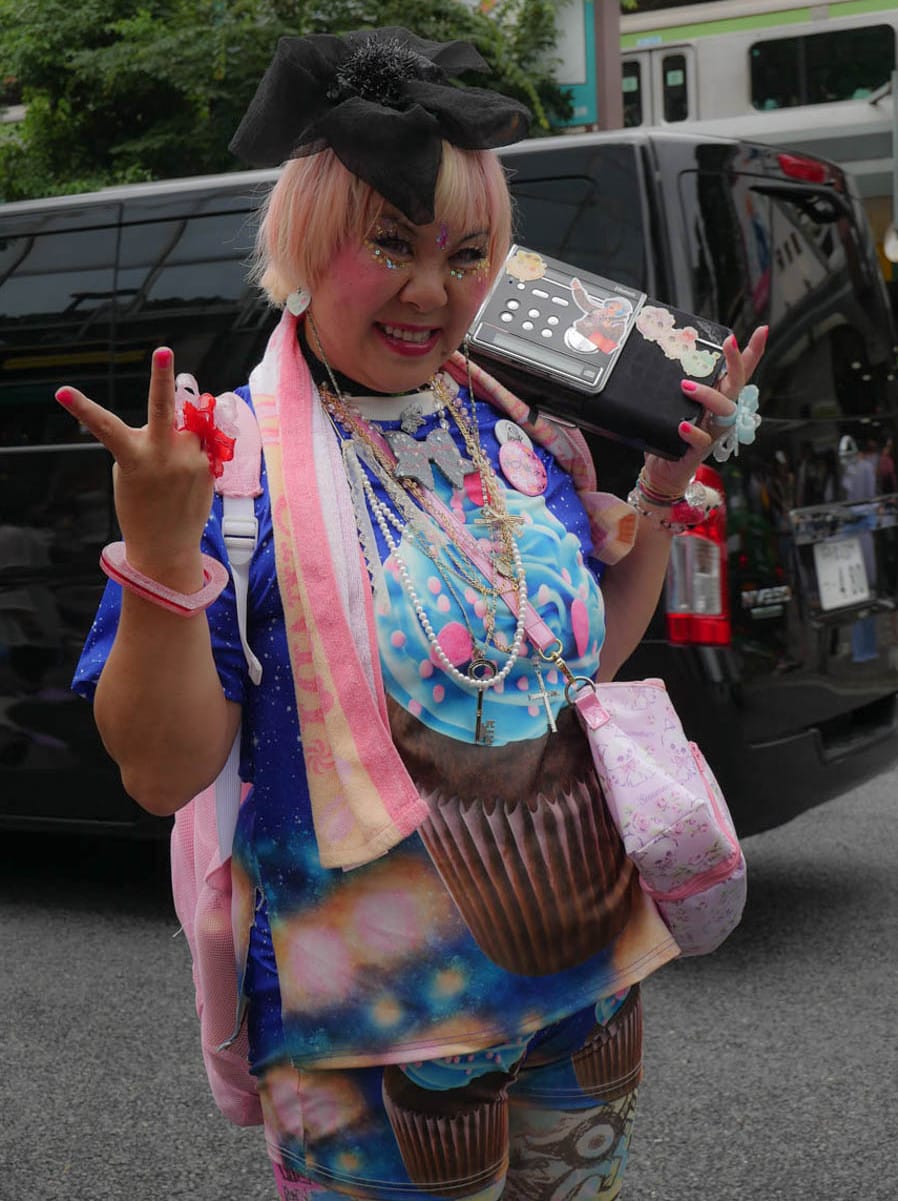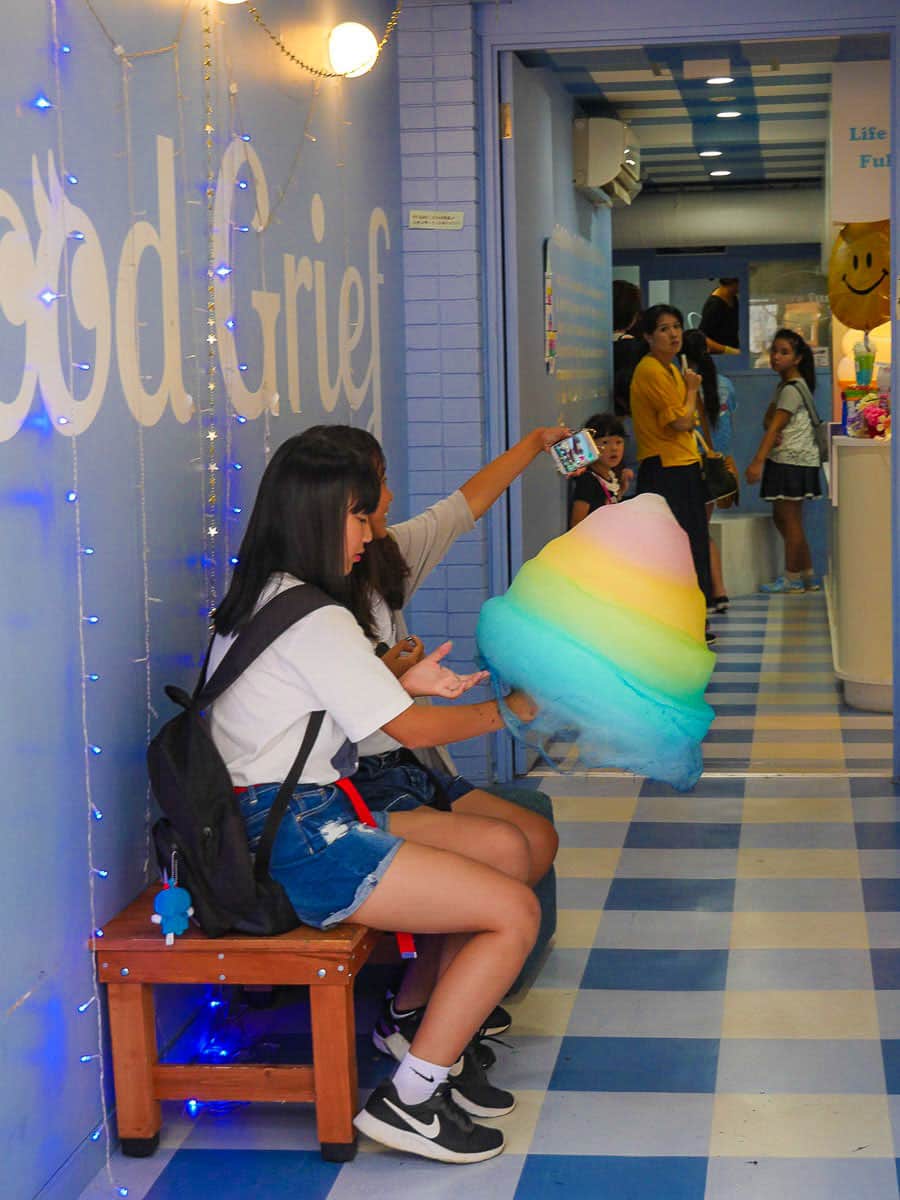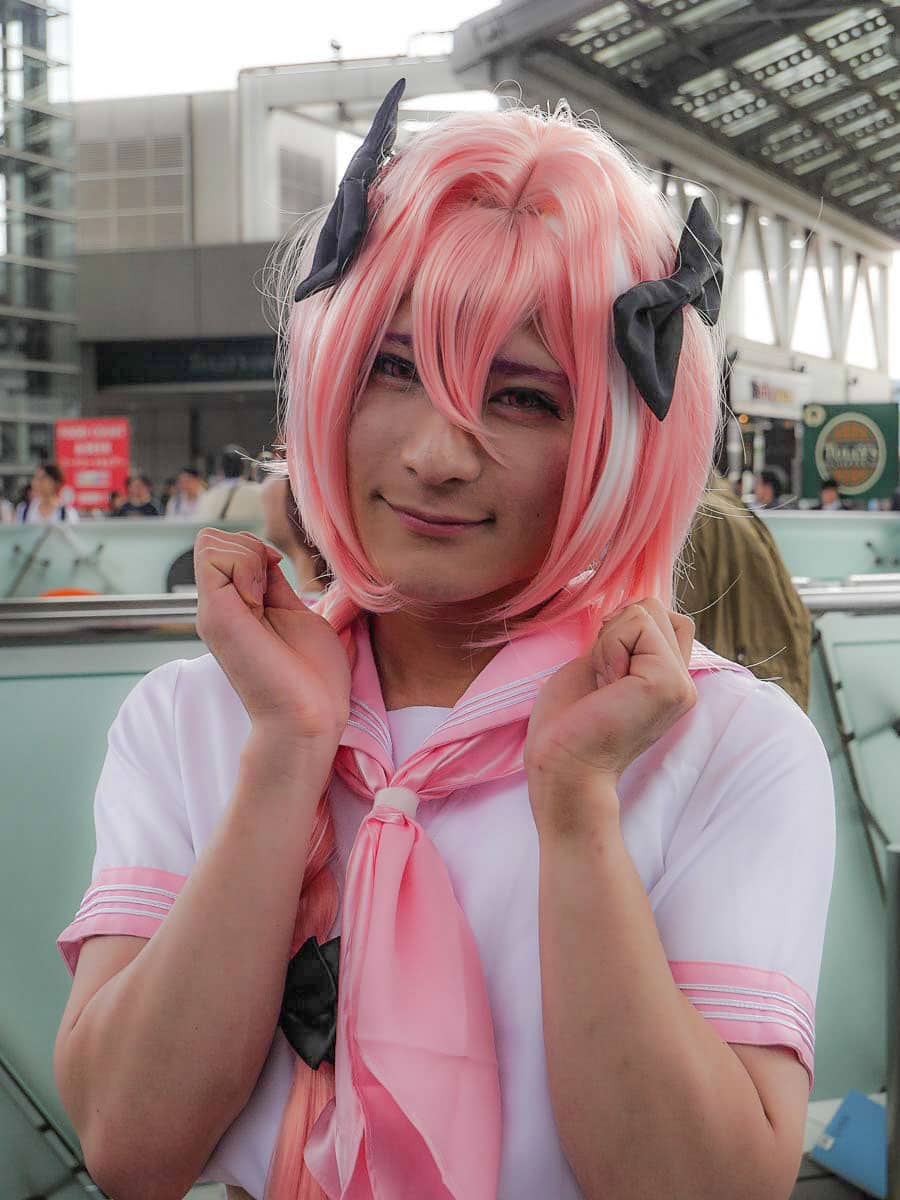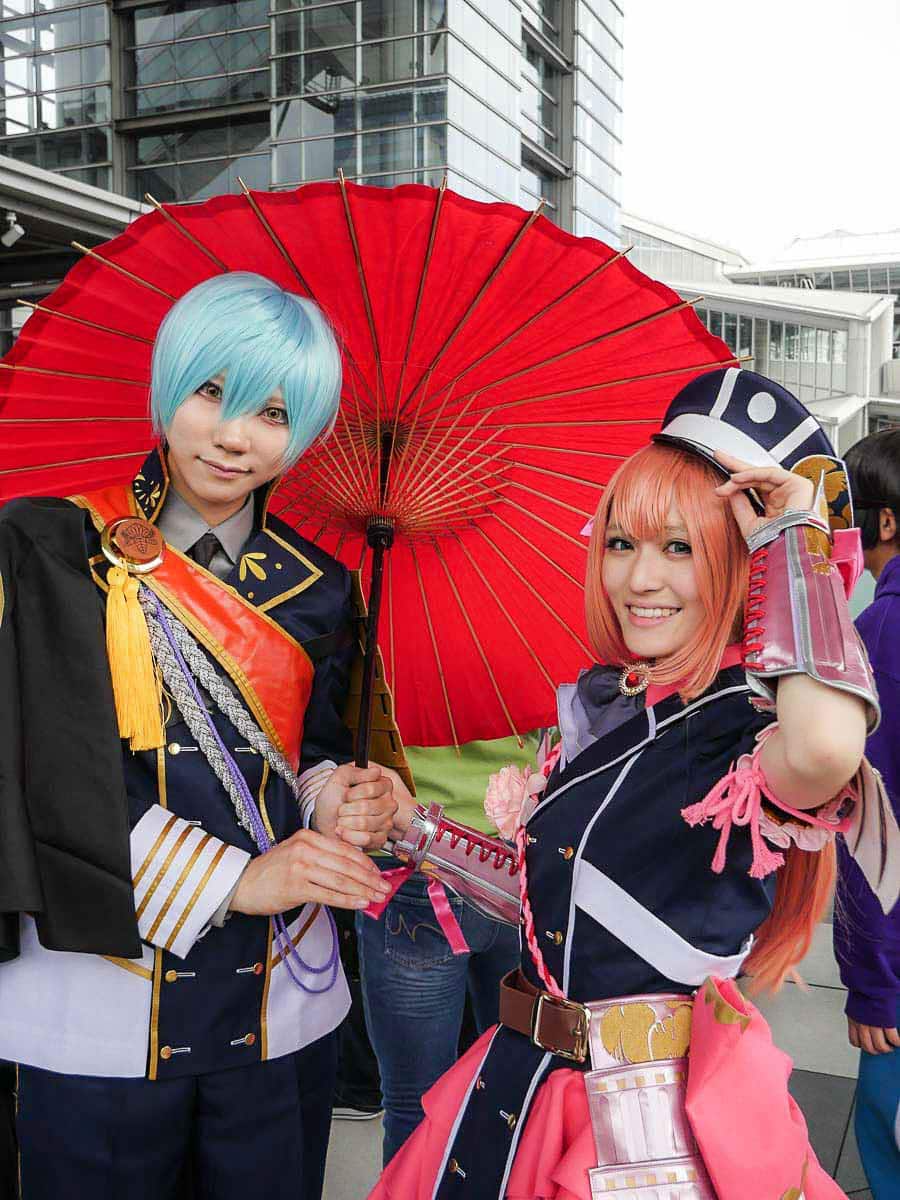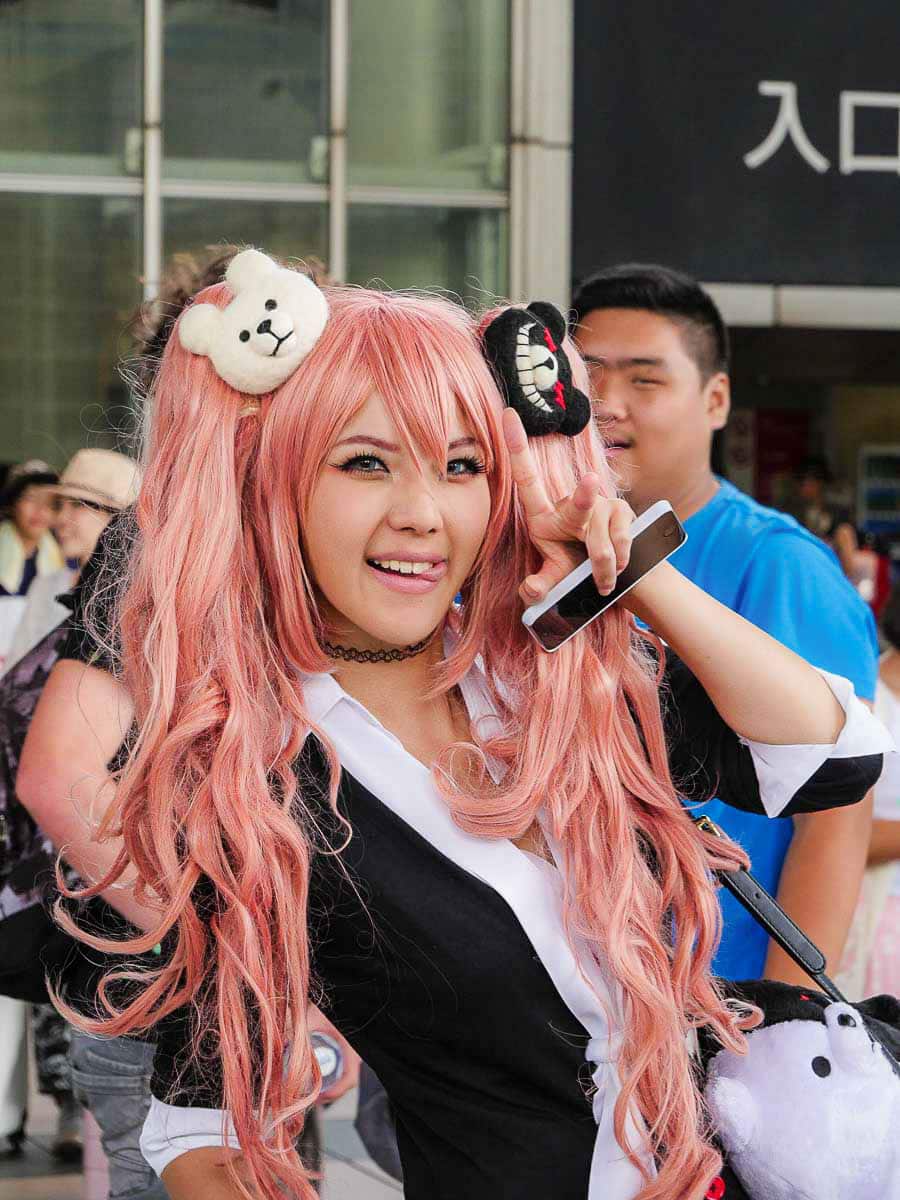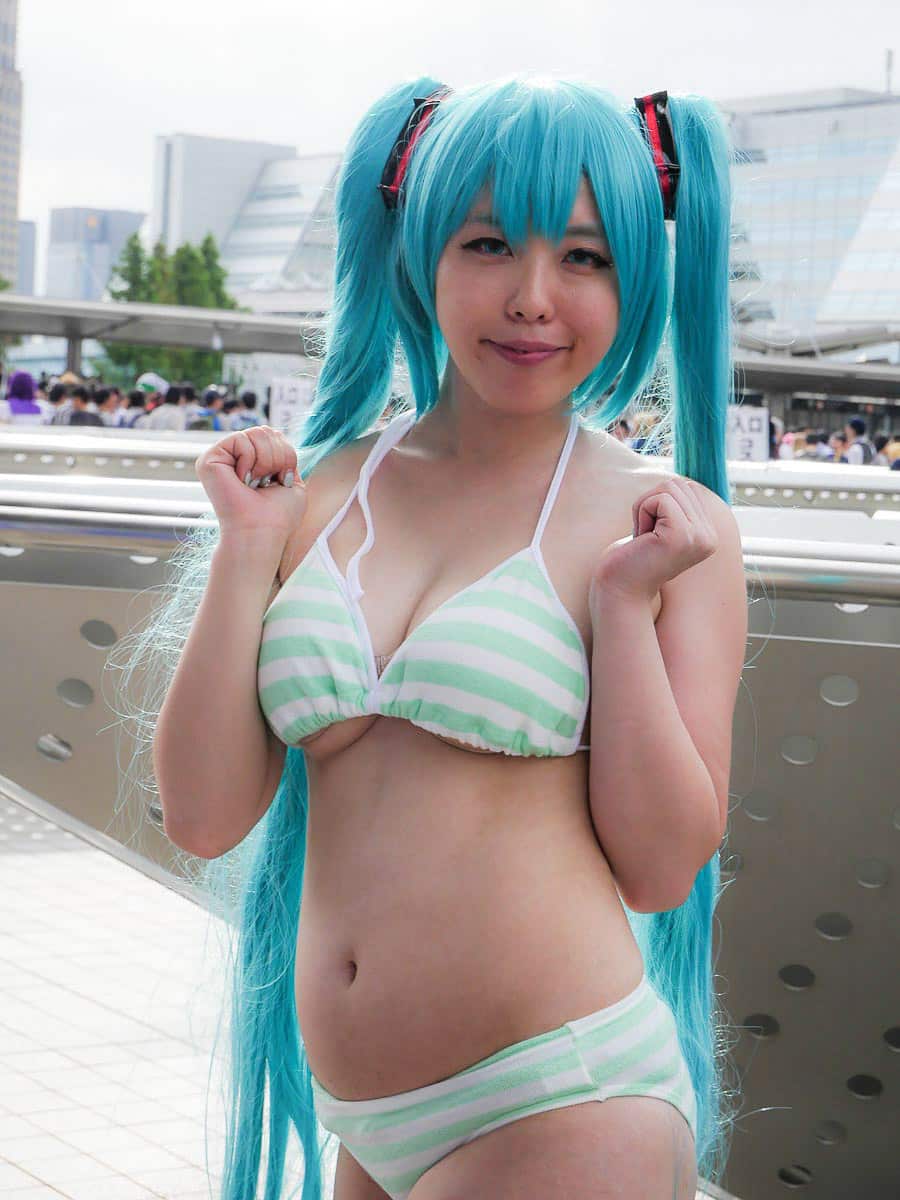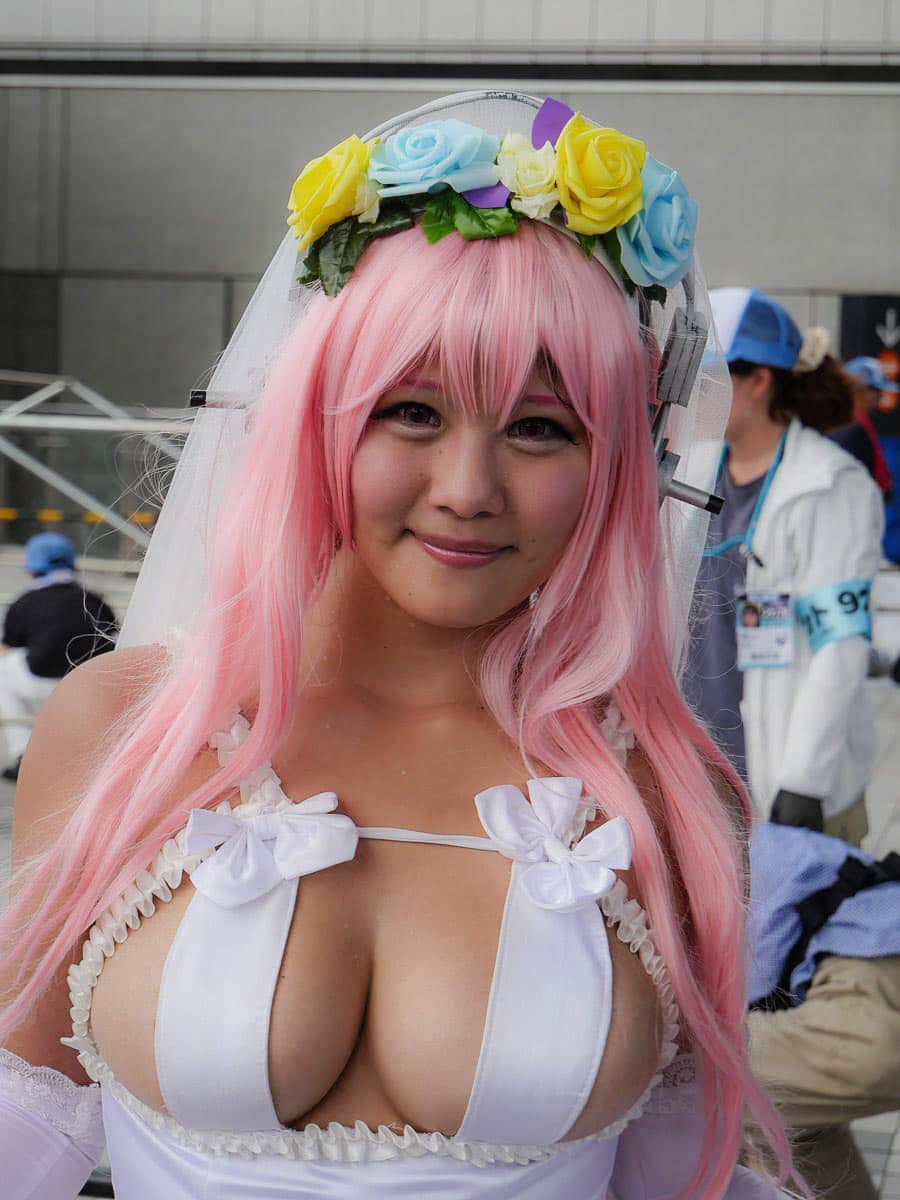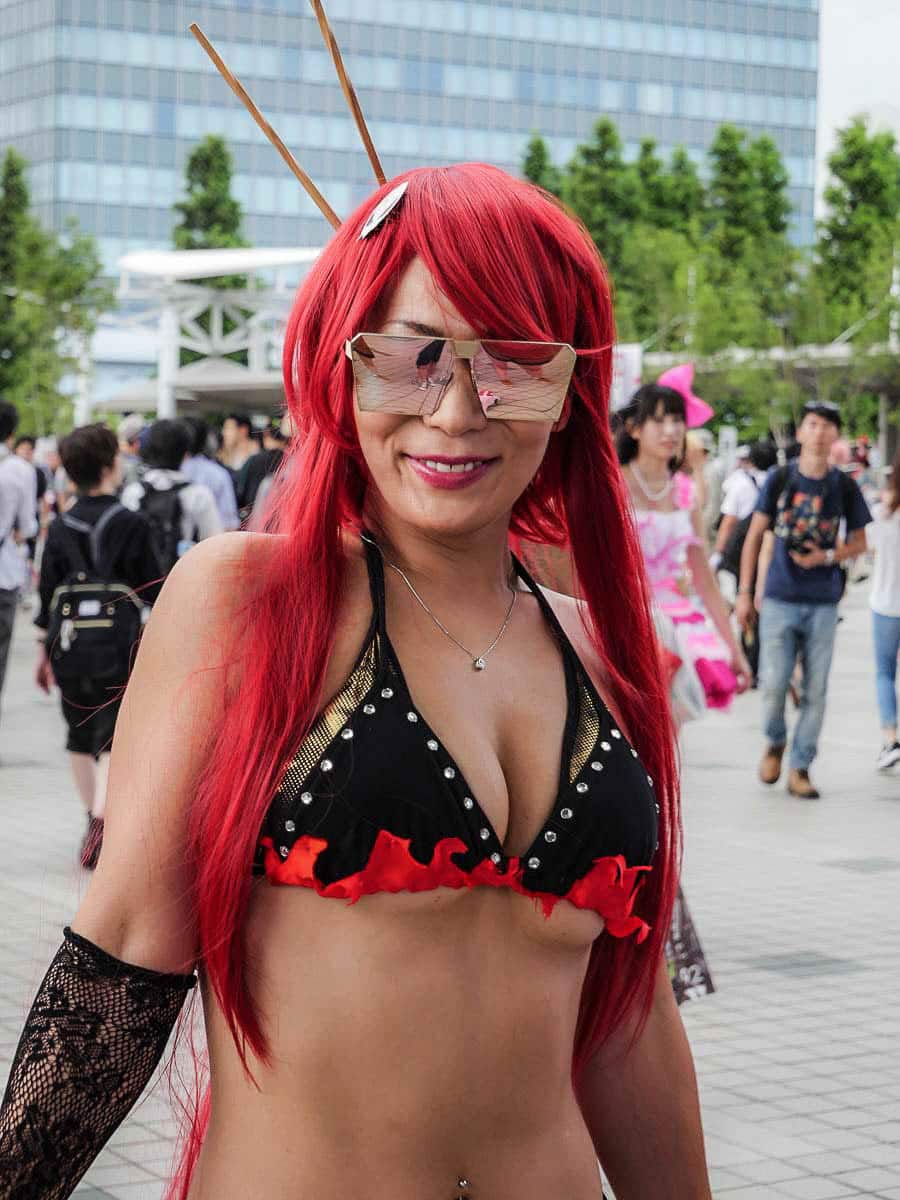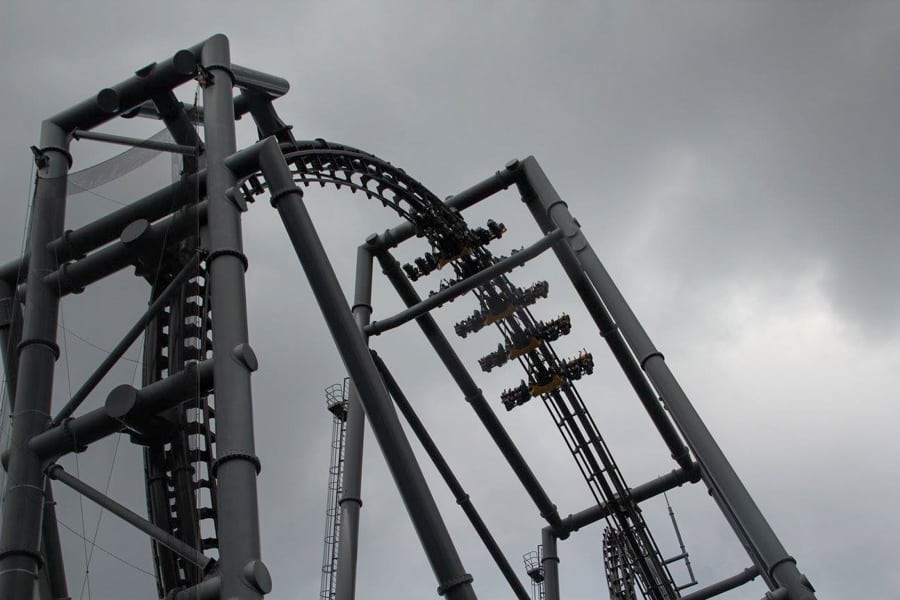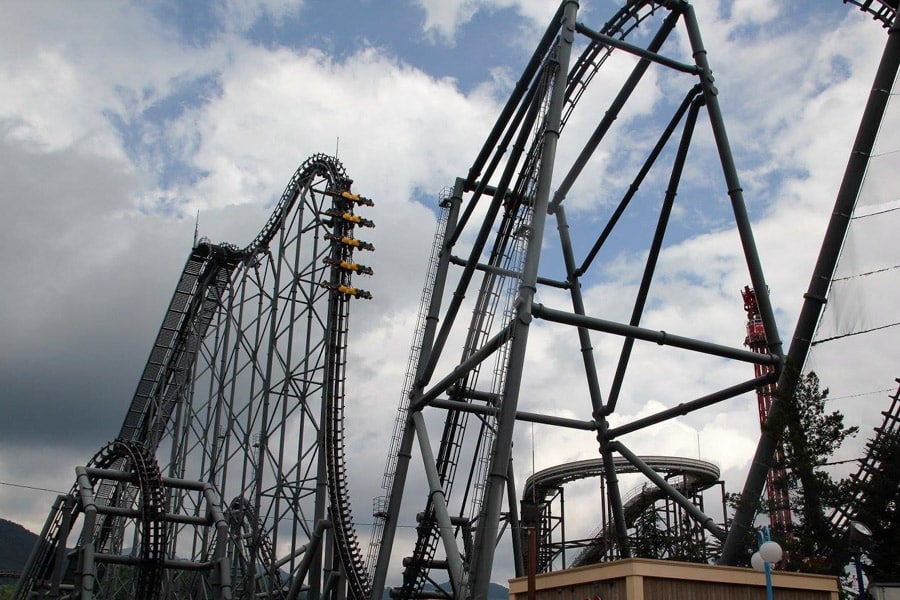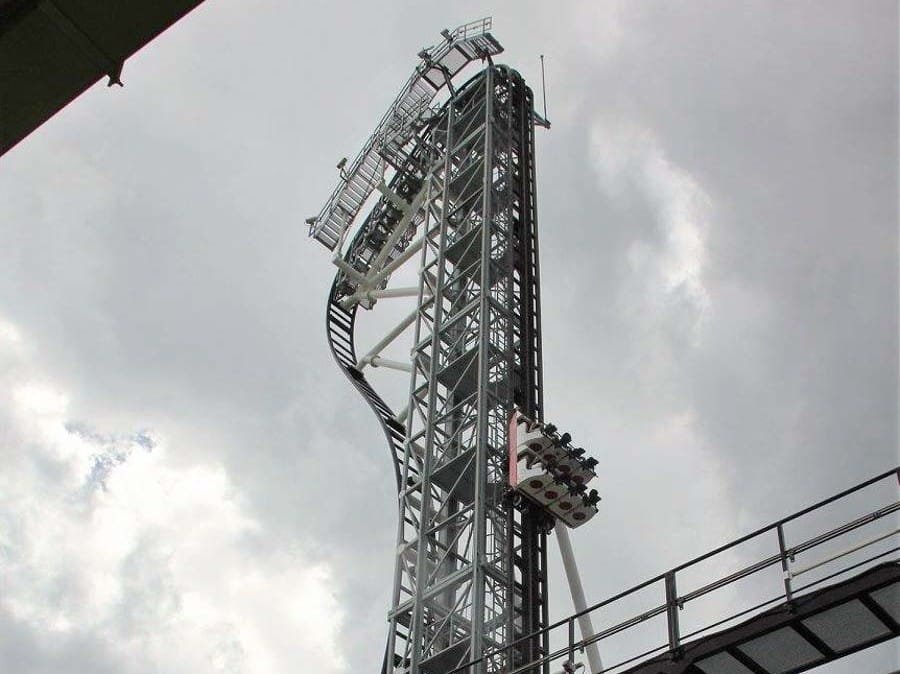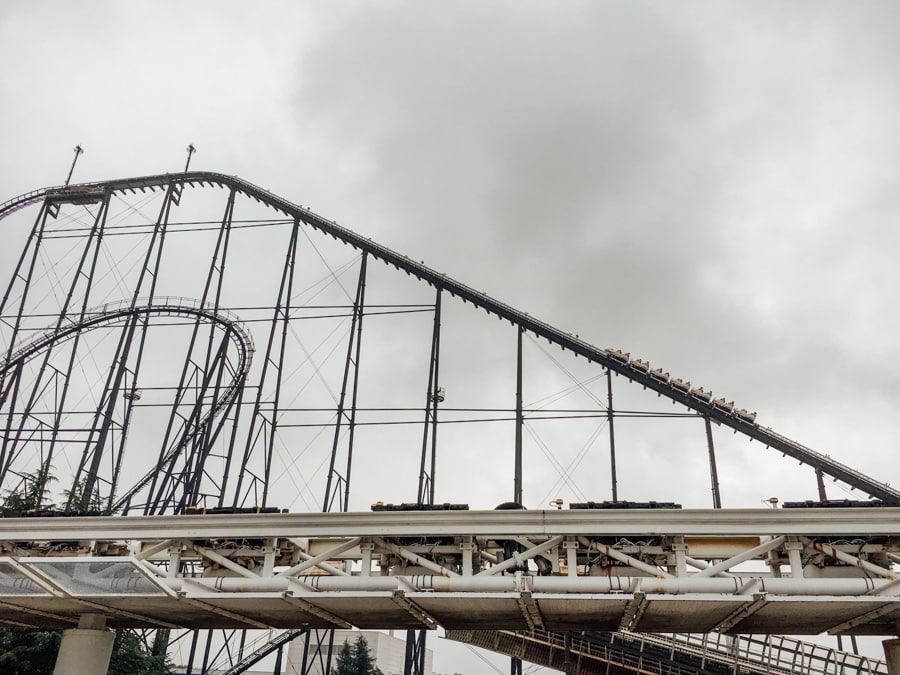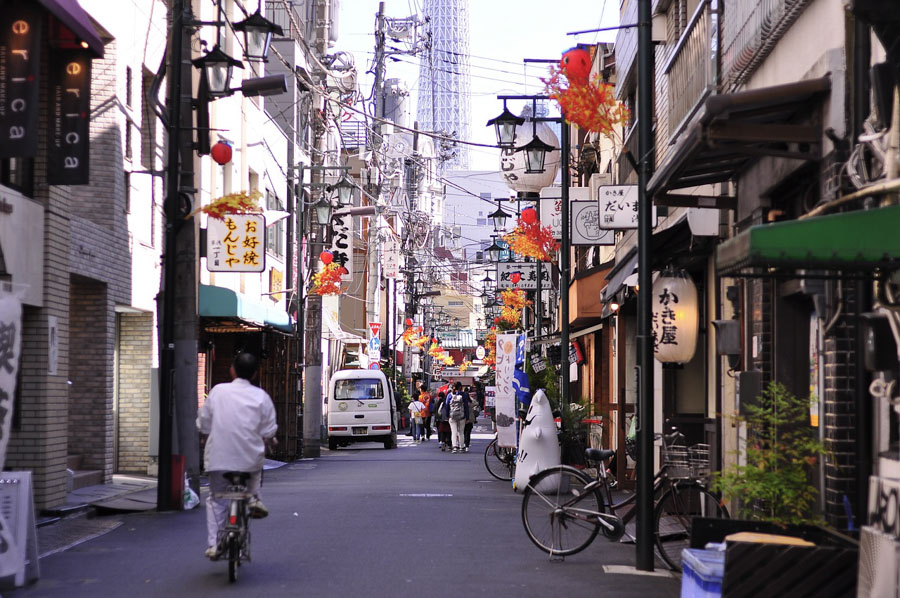
But what to do in Tokyo? As you begin your stay in Japan, you’ll probably be wondering how much time you should devote to each city, especially Tokyo. Here’s a 5-day itinerary, neighborhood by neighborhood, with daily walking distances, to give you an idea of how much time you’ll need.
We’re off to discover the center of this great metropolis, one of the world’s largest with 13 million inhabitants, and the densest in the world (8843 inhabitants per km2). To guide you a little further, note that we chose to stay in the Asakusa, northeast of the city. A very authentic district, not very touristy and convenient for its proximity to Akihabara, Ueno, Ryogoku and the Imperial Palace. Finally, don’t forget to download the “maps.me” and a map of the Tokyo region to help you find your way around the city without a connection.
I also invite you to read all our other articles on Japan to help you prepare for your trip:
SOMMAIRE DE L'ARTICLE :
| DAY 1: UENO – YANAKA AND AKIHABARA (15 km on foot)
Day one and to get our feet wet, we decided to get our bearings and not go to the other end of Tokyo. Let’s start with Ueno, Tokyo’s green lung
This neighborhood is interesting for 2 reasons:
1/ For the street”Ameya Yokocho“
You’ll find authentic shops with fishmongers, sellers of condiments, seeds, seaweed, teas, plenty of food stalls and a few Game Centers to remind you that we’re not far from Akihabara.
2/ For its parc which includes several temples
The park itself isn’t the prettiest we’ve passed through, but here the Japanese come to seek shade and calm away from the hustle and bustle of Tokyo. For history and art lovers, the park is home to several museums, including the Tokyo National Museum, Japan’s oldest and largest. As you stroll through Ueno, stop off at one of the temples, in particular that of “Kan’ei-ji” and the temple “Benten“, ideal for resting and taking a picnic break overlooking the lotus-covered lake. From here, we recommend a 30-minute walk in the direction of Yanaka to discover the rue de “Yanaka Ginza” also known as rue des chats. A great way to feel the Japanese atmosphere and discover this authentic neighborhood, where you’ll find very few vertical buildings. On your way through, stop off at the Yanaka-Reien, a very different place from home. The tombs are beautifully decorated with thin wooden planks, bringing a restful, zen-like atmosphere to this place of remembrance. The rue Yanaka Ginza is very peaceful, where you’ll find shops where you can take home a few souvenirs: ceramics, tea, fans, various knick-knacks that you pile up at home, as well as typical little restaurants with their “Nipponese” entrances made with little curtains at the top on which the name of the establishment is written in Japanese script and partially hiding a sliding wooden door, reminding me of scenes seen in the cartoons that lulled my childhood. I almost broke the bank on ceramic plates and cups, but I held back! Finally, to round off the day, a short tour of Akihabara. This is THE district for video games and manga, with the famous “Chuo Dori“. As night falls, the lights of this district will delight you and give you a glimpse of modern Tokyo. There’s a Time Square feel to it! Top brands such asSega” so get in on the action and try your hand at the Taiko, à Mario-kart or various arcade games. It’s both impressive and amusing to see the fervor of some of the young Japanese players, who are totally committed to their games (some stay all day). This district is very revealing of Tokyo and its “vertical” functioning. Restaurants, boutiques, “Maid bar”, “Neko bar” and other curiosities are not necessarily visible on the ground floor. Look up, and pay attention to the signs at the bottom of the buildings explaining what you can find upstairs. In fact, this is where we tested the Maid bar. Discover our article on Japan’s sights.
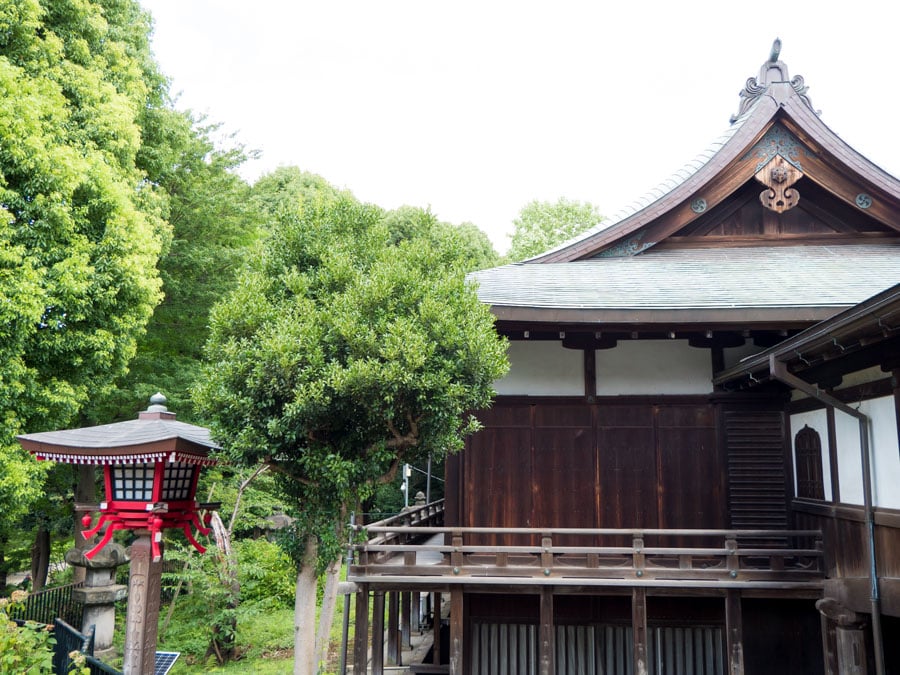
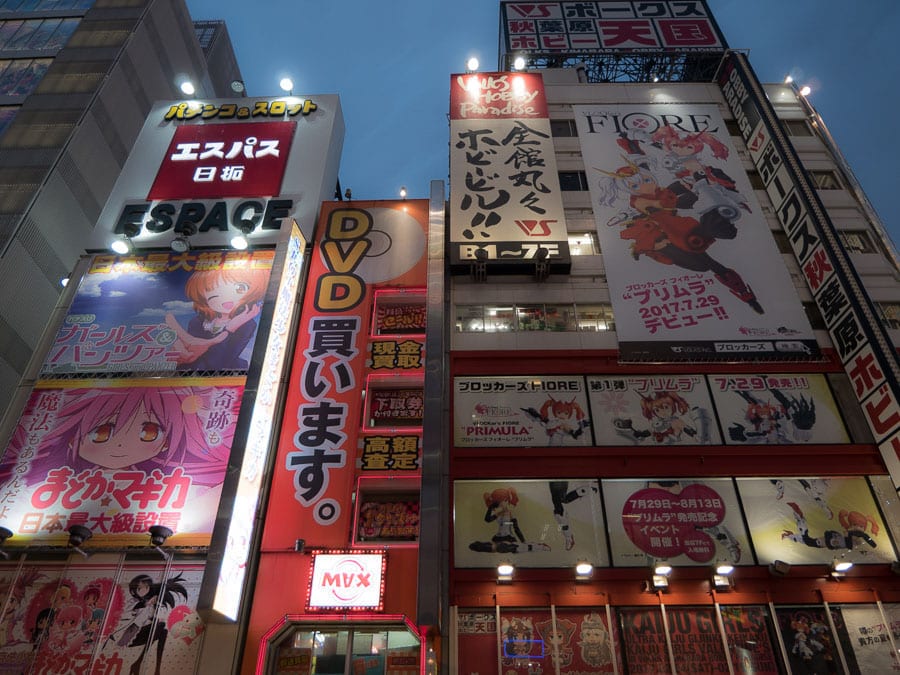
| DAY 2: IMPERIAL PALACE GARDENS AND MARUNOUCHI (13.5 km on foot)
On our second day in August, the humid heat was overwhelming, the weather was fine and the mercury was approaching 34 degrees. That’s why we chose to “cool off” by heading to central Tokyo, to the imperial palace park. Our first impression is of the striking contrast between the very authentic castle grounds and the modernity of the Marunouchi, which borders it. The palace itself is not open to visitors, but the botanical garden is (free admission). Here you’ll find a “Japanese” section, characterized by pine trees pruned like acacias in the African savannah, water features littered with small cascades, and above all, a soothing calm. The Japanese have certainly found the recipe for “zenitude” in their beautiful gardens. Inside, you can also see the ruins of the ancient castle of Edo (the former name of the city of Tokyo), but we’re telling you right now, there’s nothing exceptional about them. You can then take a short trip to Tokyo Station via Marunouchi. This district has a New York or City of London feel, with its wide avenues and the contrast between the red brick of the old station and the tall buildings.
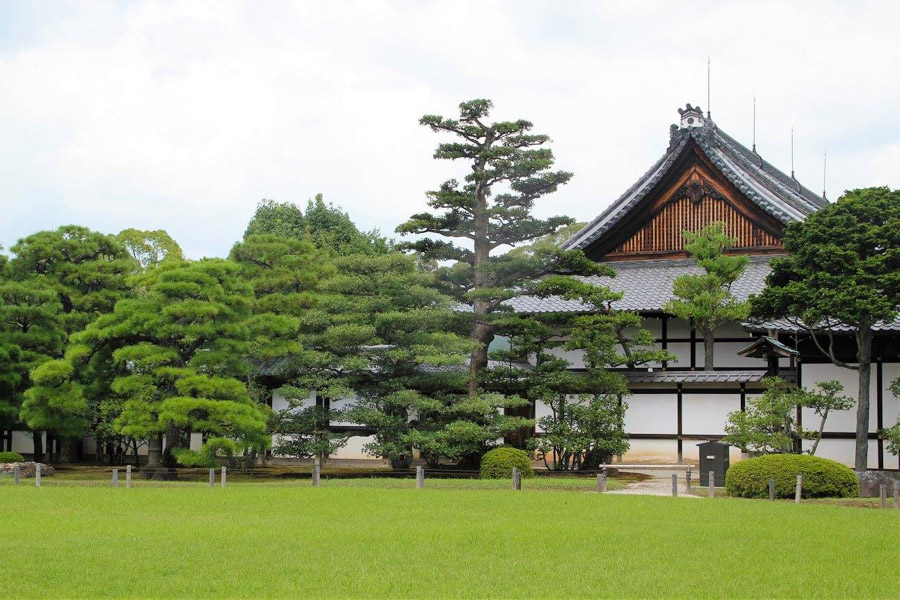
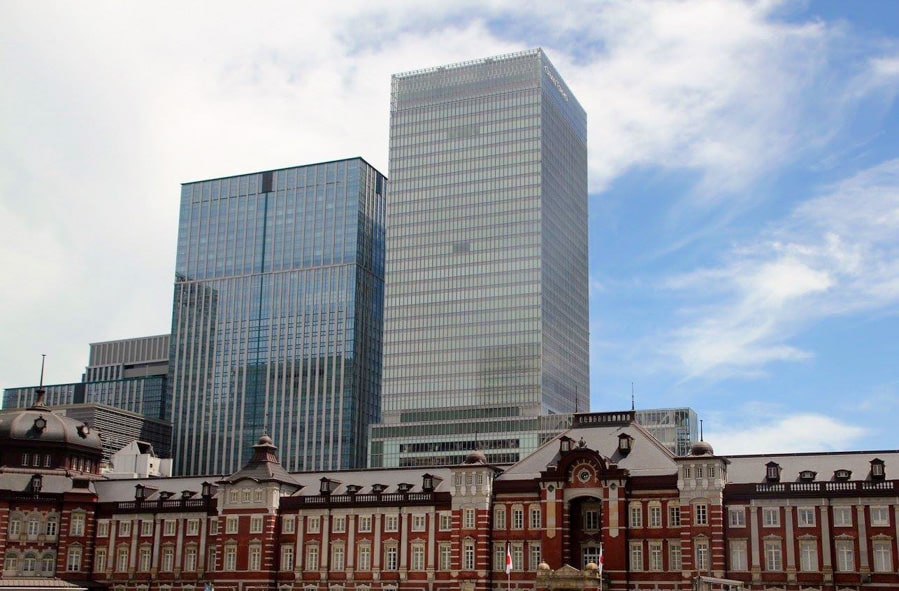
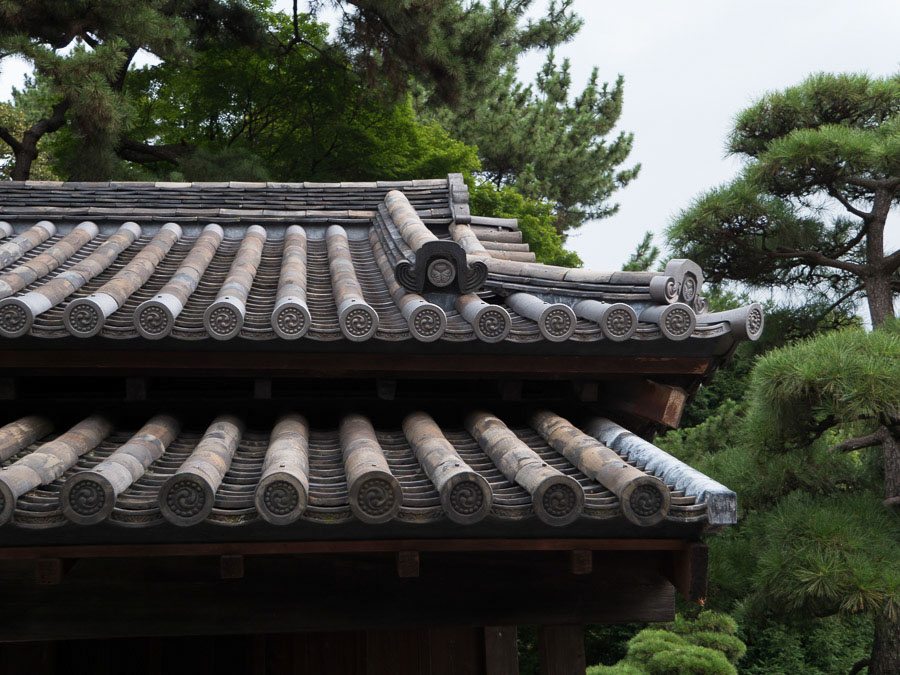
| DAY 3: RYOGOKU & ASAKUSA (13.5 km)
We’re telling you right now, we’ve fallen in love with the neighborhood. It remains by far the most authentic in Tokyo and is characterized by the fact that it is not vertical, but in line with the continuity of Yanaka. We start our day at the Edo Museum in Ryogoku (admission ¥600). Not to be missed, because it’s very well done and, above all, it gives a better understanding of the history of Japan during the Edo period (from 1590 onwards), which is the origin of most of the customs still present today. The museum is highly visual, with models of villages, costumes, reconstructions of wooden houses and objects from the life of the period, as well as a section devoted to 20th-century Japan. Note that right next door, if you’re there on the right dates, you’ll find a sumo museum just a 5-minute walk away, which we unfortunately weren’t able to visit. From here, you can walk along the river Sumida to reach the heart of Asakusa and cross the beautiful Japanese garden, the form yasuda garden. As you approach, you’ll have a fine view of the Skytree, the world’s tallest telecommunications tower. It also marks the renewal of this district. After a good morning’s walk, we took 1 hour to try out a Neko café(cat bar, more info on these curious concepts) before hitting the streets “Nakamise-Dori“.
This shopping street is a little touristy, it has to be said, but nonetheless very attractive, as many Tokyoites stroll along in Yukata, the traditional kimono held together by a big knot in the back, to reach the magnificent Senso-ji. And what’s really nice is that Japanese men and women love to pose. Ask them nicely, and you’ll get some great souvenir photos with smiling Japanese women in traditional costumes.
|Day 4: SHIBUYA, HARAJUKU & COMIKET (6 km)
Last day in Tokyo, heading for Shibuya, one of the city’s most emblematic districts. It’s best known for its pedestrian walkway, reputed to be the world’s largest, busiest and most crowded, with an impressive number of people and no one jostling for space! We also come here to touch the famous statue in the shape of a dog, a must-see on leaving the station, which tells the beautiful story of the Japanese man who passed by every day with his dog Hachiko. When the man died, the dog continued to return to the area every day to find his master. The story also gave rise to a film called “Hatchi“. Shibuya is very touristy but not to be missed, and we went back at night for a different view. In the evening, Shibuya is the realm of giant screens, a second Times Square. The area is ideal for shopping, with a number of big-name brands, some of them luxury, and it’s here that you can try out the great sushi bar and Karaoke (our addresses just here). Here’s a tip: to see the view from the crosswalk, we recommend either going up to one of the stores in the surrounding buildings, or simply having a coffee at Starbuck’s.
From there, we set off to discover the world of Cosplay (word contraction Costumes & Play) very present in Japan, especially around the district of Harajuku where young fans have their Sunday habits. They gather, dressed in crazy costumes inspired by cartoon characters, manga or punk musicians, around “Gorin Bridge”, a bridge located 150 meters north of JR’s Harajuku station. This hybrid neighborhood is at once extravagant, traditional and avant-garde. This is the fashion district where designers express their excesses. That’s what I’ve been waiting for from Japan! Here you’ll find quirky boutiques, cotton candy in Unicorn colors and very, very girly, one-of-a-kind accessories.
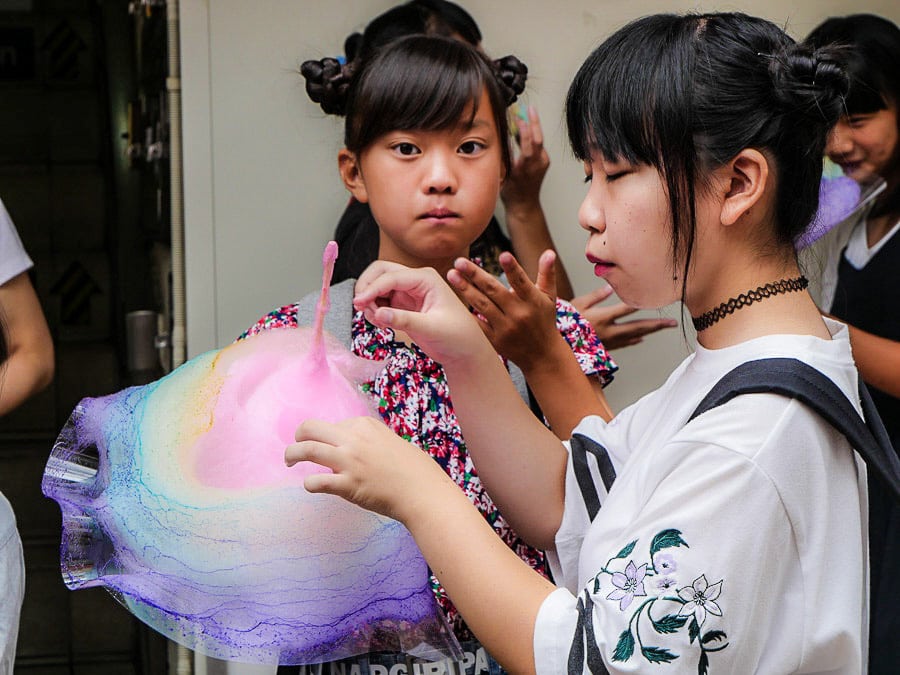
Unfortunately, we weren’t there on a Sunday, but we’ve got a tip for those of you visiting in August. Heading for the south of Tokyo, and its exhibition center. A major 3-day Cosplay show focusing on the world of manga, the “Comiket“. Young fans of this universe come here to buy costumes, books and other manga-related items. But above all, many of them come in disguise, and some of them take part in photo shoots. A great moment of discovery that we recommend even if you’re not interested in this universe. The extravagance and detail of the costumes is simply insane. What’s more, the journey to the exhibition center will take you via the new aerial metro line across Tokyo Bay. This will give you a wonderful panoramic view of the city and its new districts.
Due to lack of time, we were unable to visit the shrine and garden of Meiji Jingu in Yoyogi Park, but that’s only part of the story as I know we’ll be returning to Tokyo!
| DAY 5: FUJI Q HIGHLAND
Fuji Q Island is a thrill-seeking amusement park! It’s all about thrills and chills, with extreme roller coasters that break several world records!
- Fujiyama is 79 metres high and reaches speeds of 130km/h.
- Dodonpa is 52 metres high and is one of the world’s fastest-accelerating wells!
- Takabisha broke the record for the greatest angle of fall (121°) and reached 100 km/h.
It’s simple, we did all 3 of them and from stress, my legs slapped together several times! This park is an opportunity to have fun facing Mount Fuji. You might be lucky to see it if the sky is blue that day!
Practical information:
The train + bus package from central Tokyo (Shinjuku) takes around 2 hours and costs 7,800¥ /p and 4950¥/child, more information on their website.
Make sure you check the weather conditions before you go, as the park may be closed if it’s too windy, for example; You should also be aware that queues are very long (we sometimes waited 3 hours for a single attraction, so get there as soon as it opens to make the most of your day). Savoury and sweet dishes are available on site, at reasonable prices.
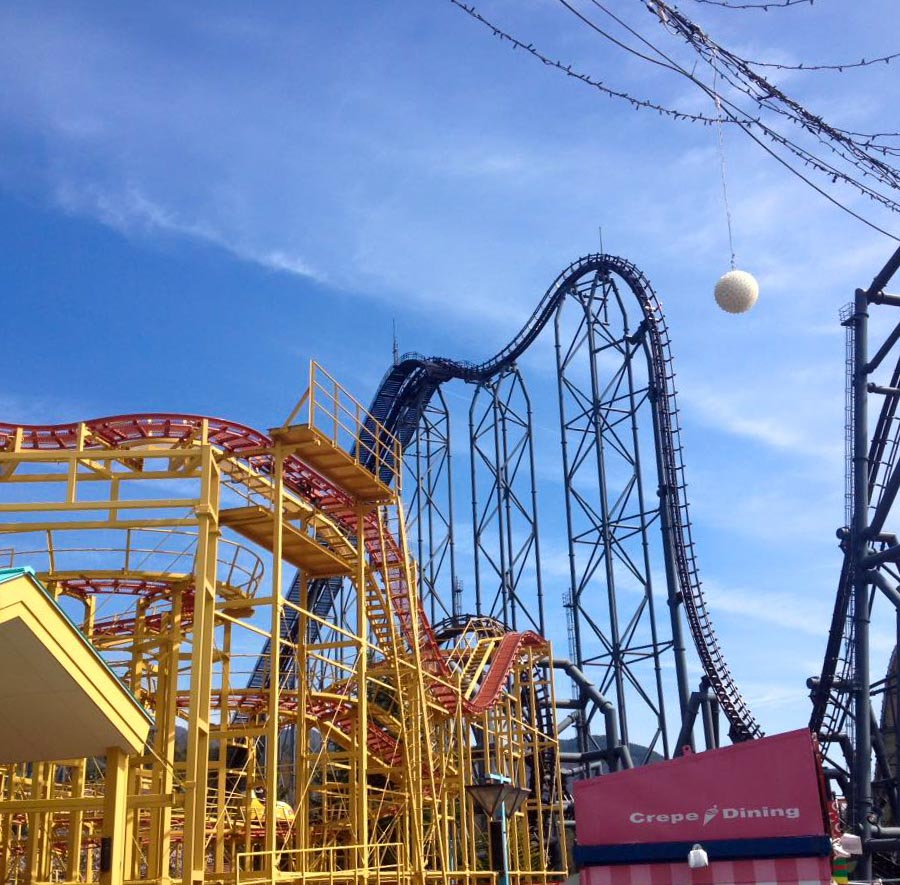
practical information
| WHERE TO SHOP IN TOKYO
- For fans of electronics, make-up and gadgets of all kinds Yodobashi Akiba in the Akihabara district (Japan, 〒101-0028 Tokyo, Chiyoda, Kanda Hanaokacho, 1-1) is a famous electronics brand in Japan. This mall, open until 10pm, features no less than a million products on several floors – no, you’re not dreaming! The 6th floor offers nothing but manga figurines and video games – a must!
- Uniqlo, Japanese h&m offers great deals
- If you’d like to bring home some wacky clothes, theHarajuku will do for you
- Asakusa and Yanaka Ginza are still the places to buy souvenirs
| OÙ MANGER A TOKYO
Whether at Kyoto or Tokyo, there are plenty of places to eat! There are many counters where you can enjoy delicious ramen. At the entrance to each counter is a sort of automatic cashier where you choose your meal, then pay. Staff will ask for your ticket and seat you at the counter. You can also eat grilled kebabs and doughnuts on the street. We invite you to read our article on 6 tips for expensive eating in Japan.
For cheap and tasty sushi, try the chain Uobei Sushi (2 Chome-29-11 Dogenzaka, Shibuya, Tokyo 150-0043) located in the Shibuya district, an absolutely brilliant, surreal and practical concept. Sitting side by side at the counter, you order your sushi in English on a tablet-style touch screen, and you’re served at lightning speed, in less than 5 minutes. Your plate arrives facing you, on a tray slid along a rail. In front of you, you’ll find everything you need to enjoy your sushi: sauce, chopsticks, ginger, and even a hot water tap for drinking your matcha tea. We loved it! The vast majority of sushi dishes are priced at ¥100 per plate of two, and you can be set for around ten euros per person, in the words of a big sushi eater. Beware, there’s often a queue and a wait, but you’ve got to go at least once! Even if you see a long line, don’t be afraid, it’s quite fast!
| WHAT TO DO IN TOKYO AT NIGHT
- En fin de journée, n’hésitez pas à vous relaxer dans les nombreux Onsen de la ville. Ce sont des sources d’eaux chaudes où vous vous relaxez nus dans des bains thermiques. Certains sont mixtes et d’autres ont des zones bien distinctes pour les hommes et les femmes. C’est une expérience purement japonaise que nous avons testé lors de notre passage en famille dans la province de Yamaguchi. Attention, les tatouages sont interdits, il vous faudra les recouvrir pour les cacher entièrement.
- Si vous souhaitez être dépaysés, perdez-vous dans les ruelles de Piss Alley ou Memory Lane dans le quartier de Shinjuku, vous pourrez manger quelques repas traditionnels.
- Flâner dans les rues de Shibuya et dans le quartier d’Akihabara.
- Se prendre pour Mario Cart en montant dans une mini voiture et en roulant assez vite dans les rues de Tokyo.
- Tester le Karaoké japonais (lire l’article à ce sujet)
A gigantic city, extremely modern, offbeat in some respects but having retained its authenticity in many quarters, Tokyo remains one of the world’s most memorable cities. To say that we were slapped in the face would be an exaggeration, but we were fascinated by the cultural differences. We loved their modest, respectful side, but also their politeness, their belief, their sympathy, their benevolence and at the same time their extravagance, their style and their madness. This is how we see Japanese culture. So all we can do now is wish you all the best for your next trip.
Before you leave, I invite you to read all our other articles on Japan to help you prepare for your trip:
